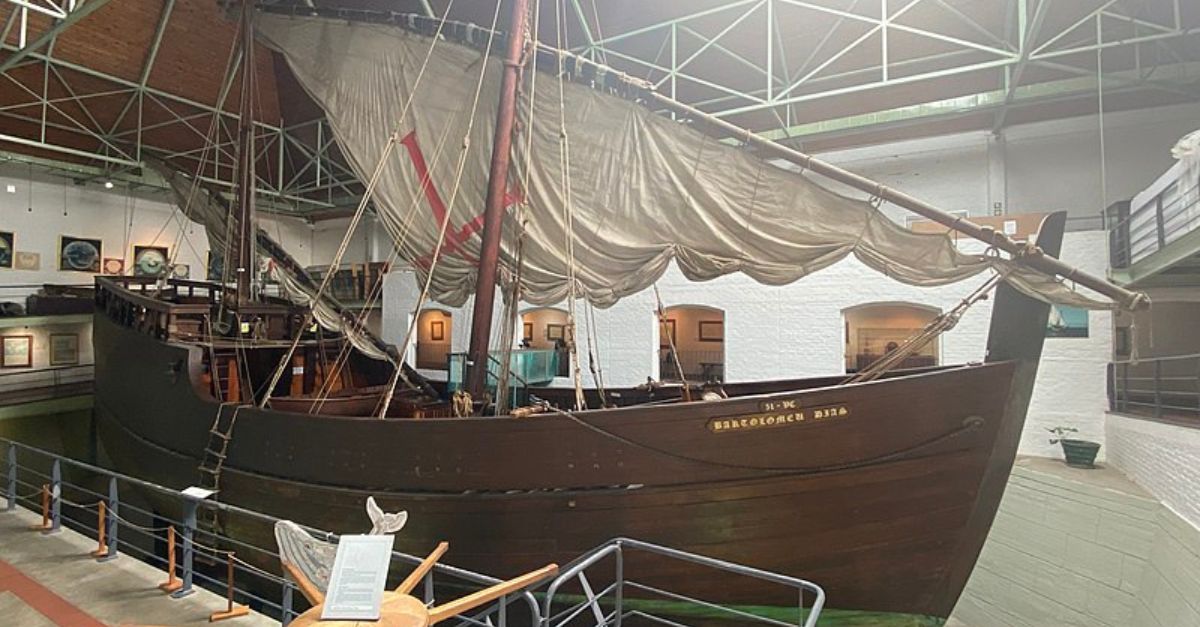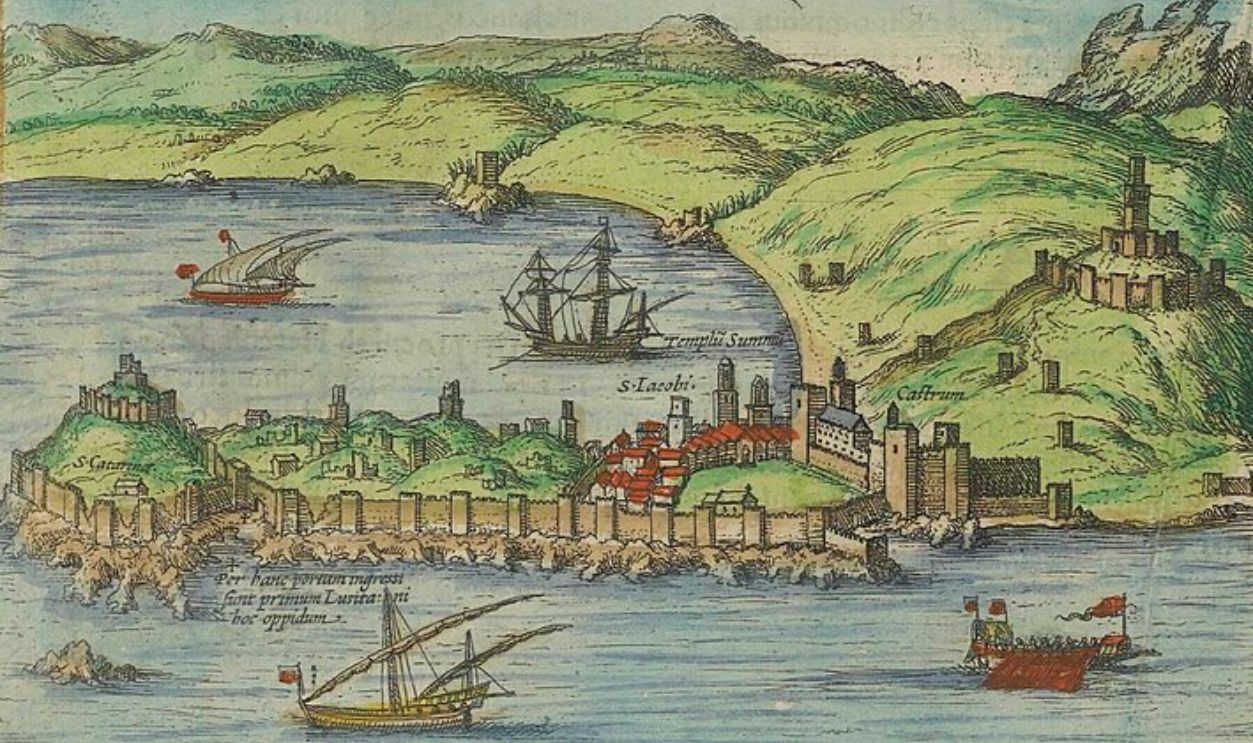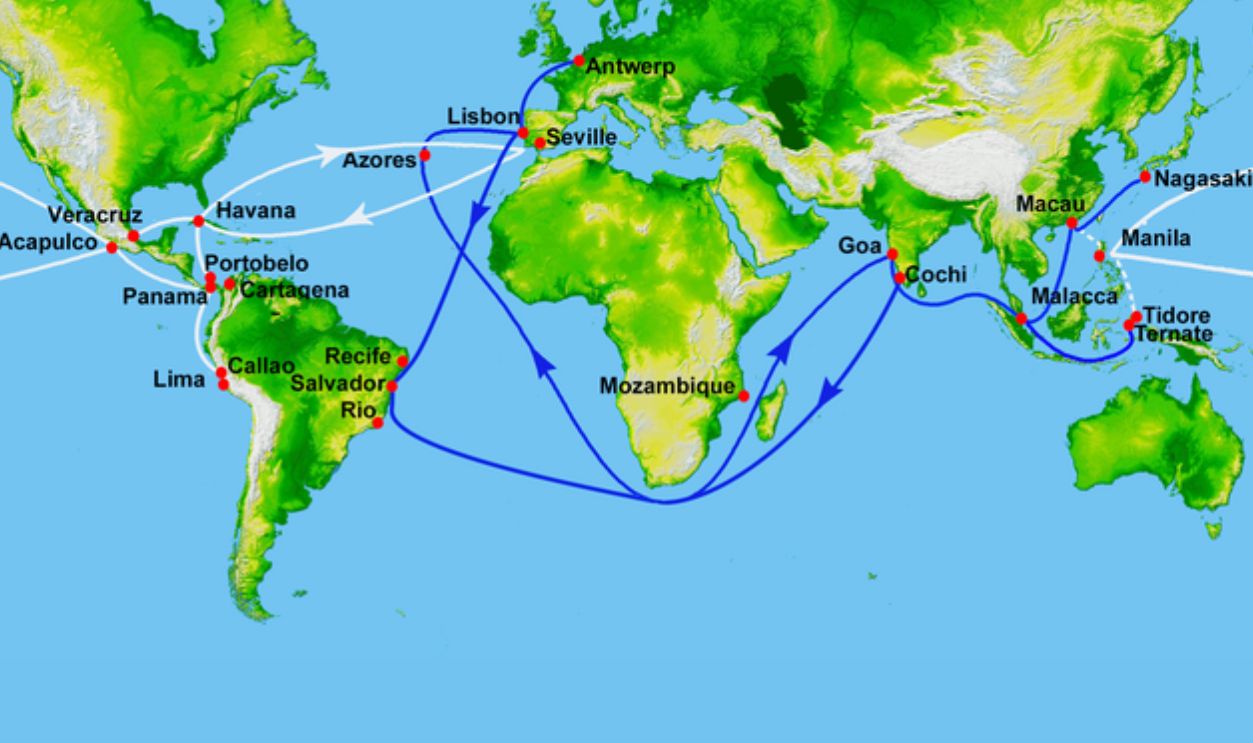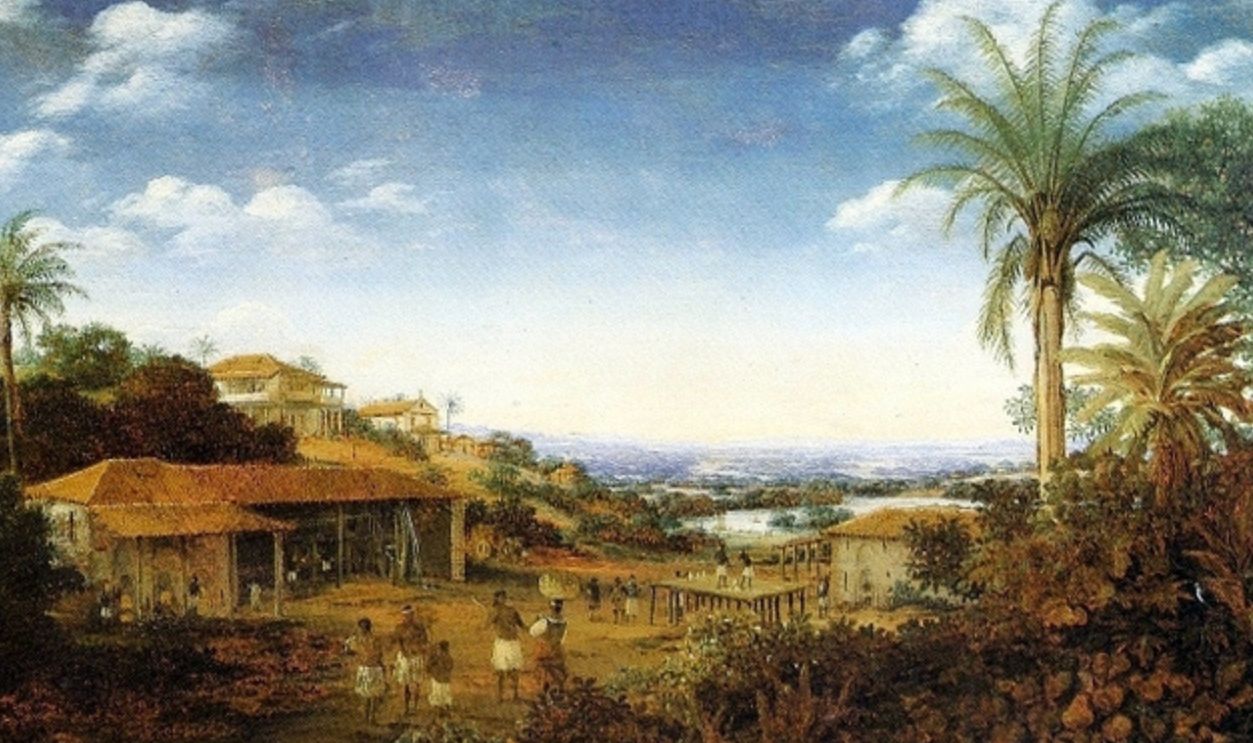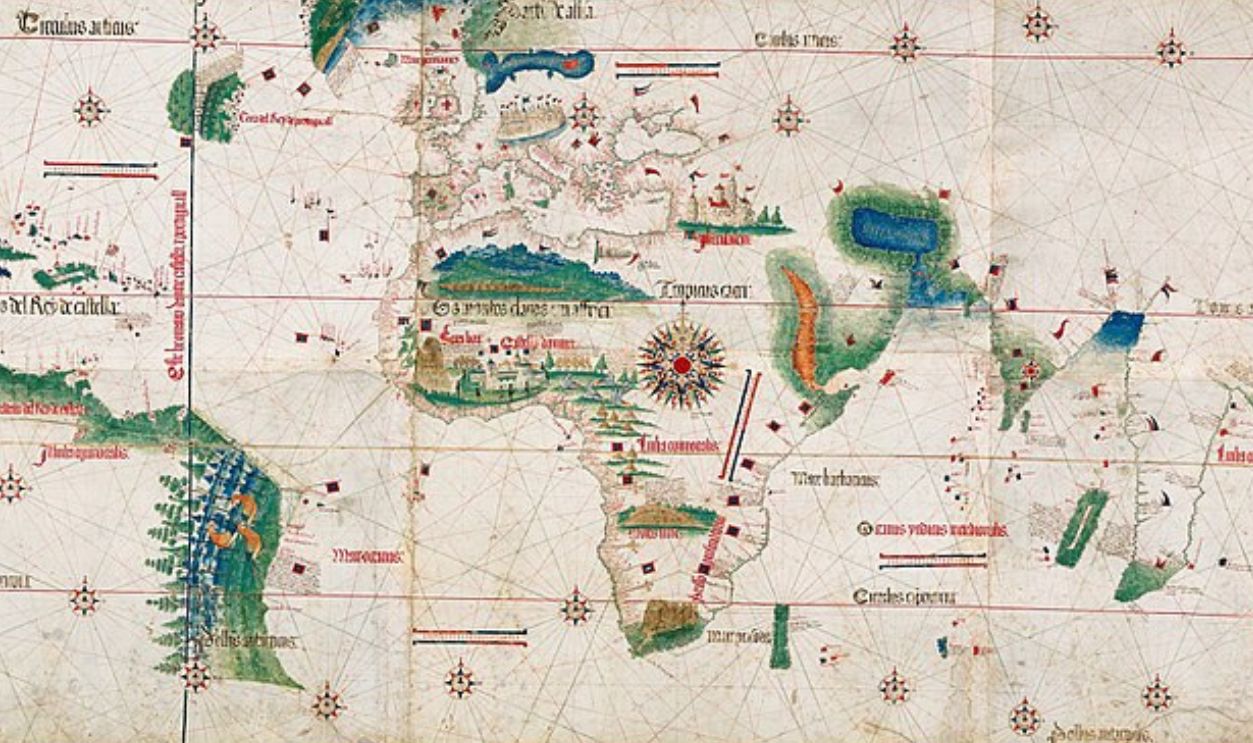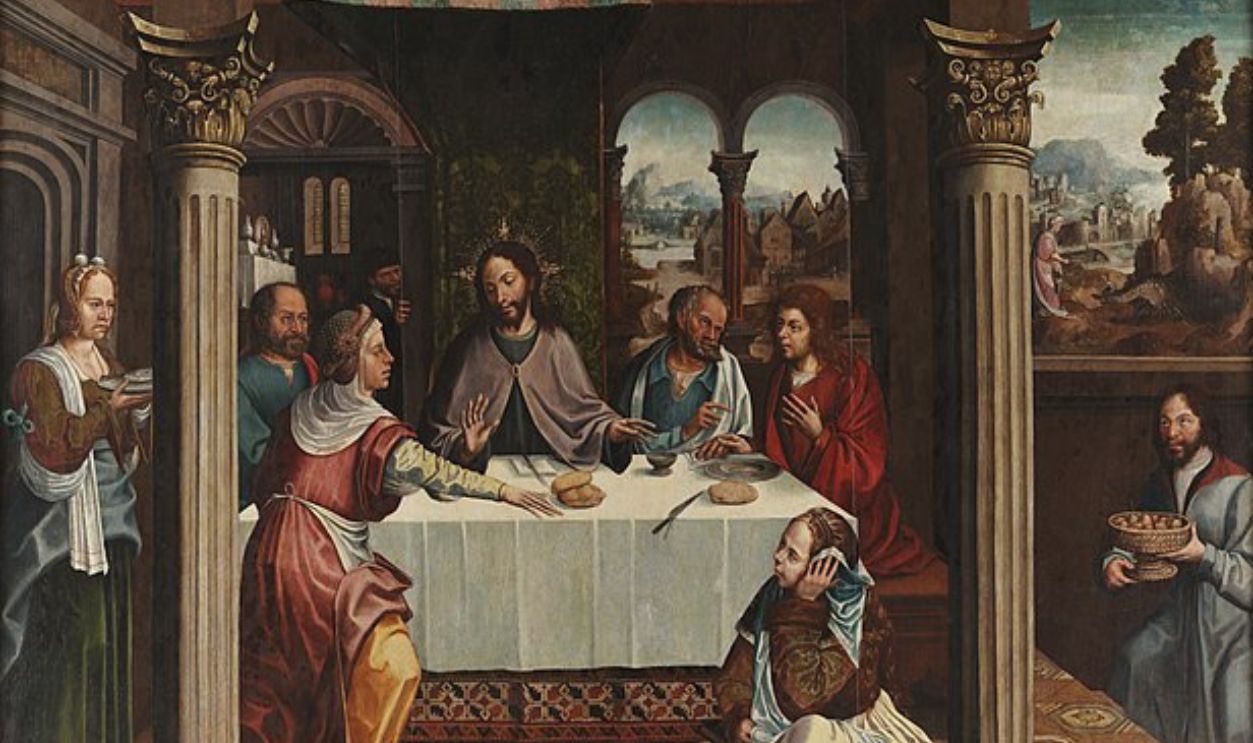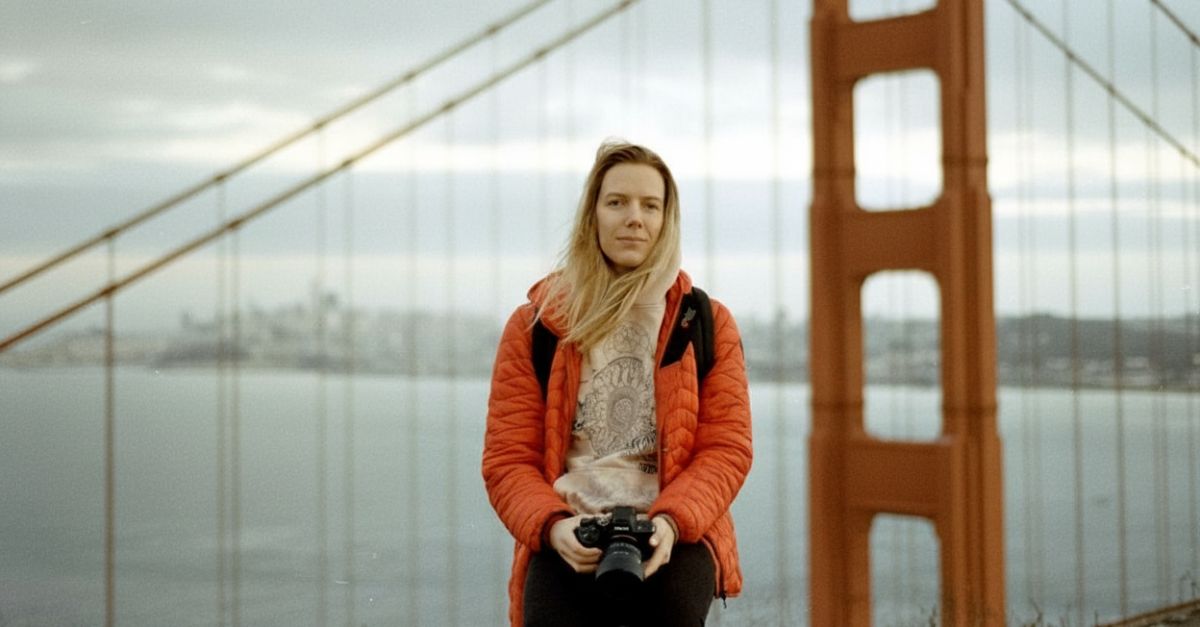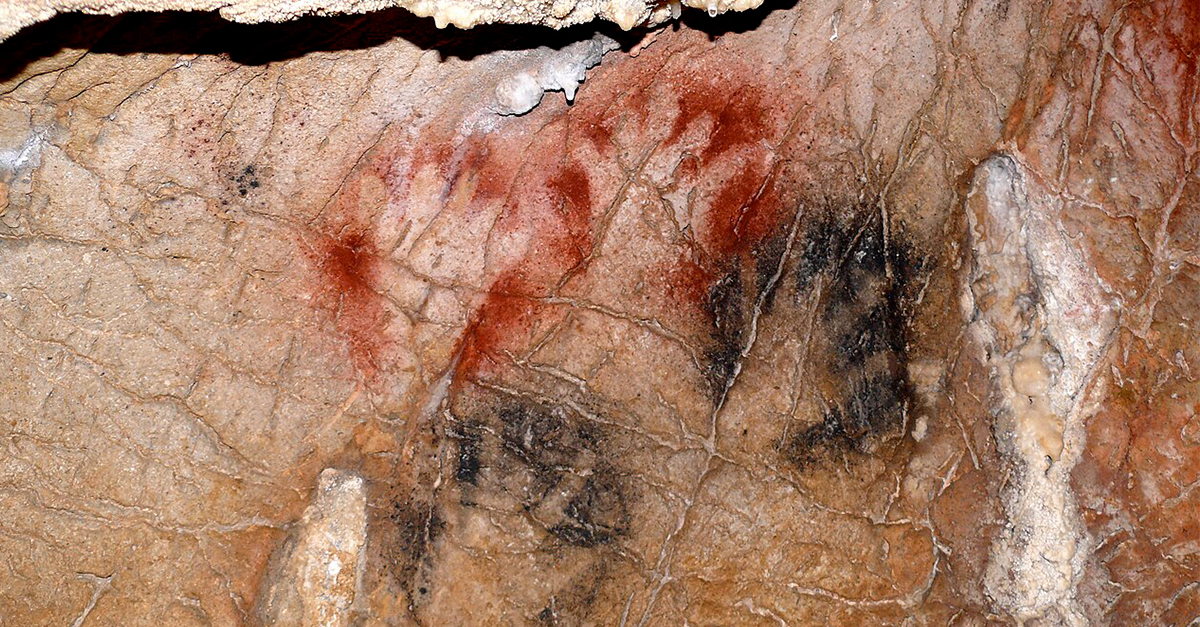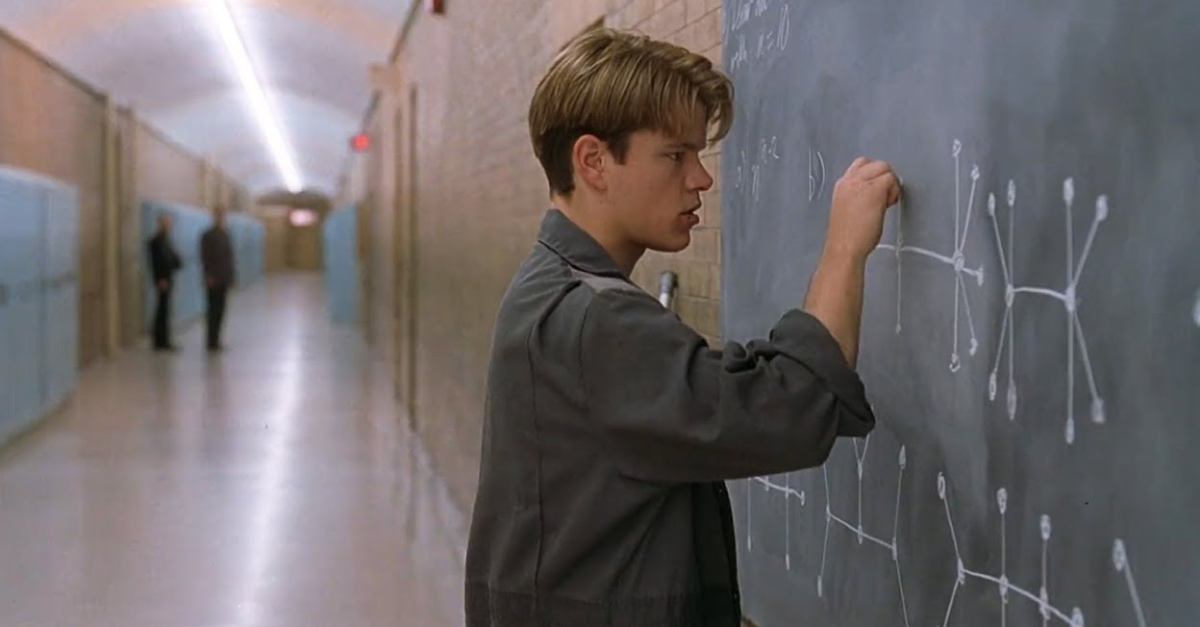Some Portuguese In Everything
If you dance to Samba, enjoy eating bacalhau (salted cod), or build using azulejos (decorative ceramic tiles), you have the Portuguese Empire to thank. From the 15th century to the 19th century, one of the greatest empires in history prospered, then fell to pieces.
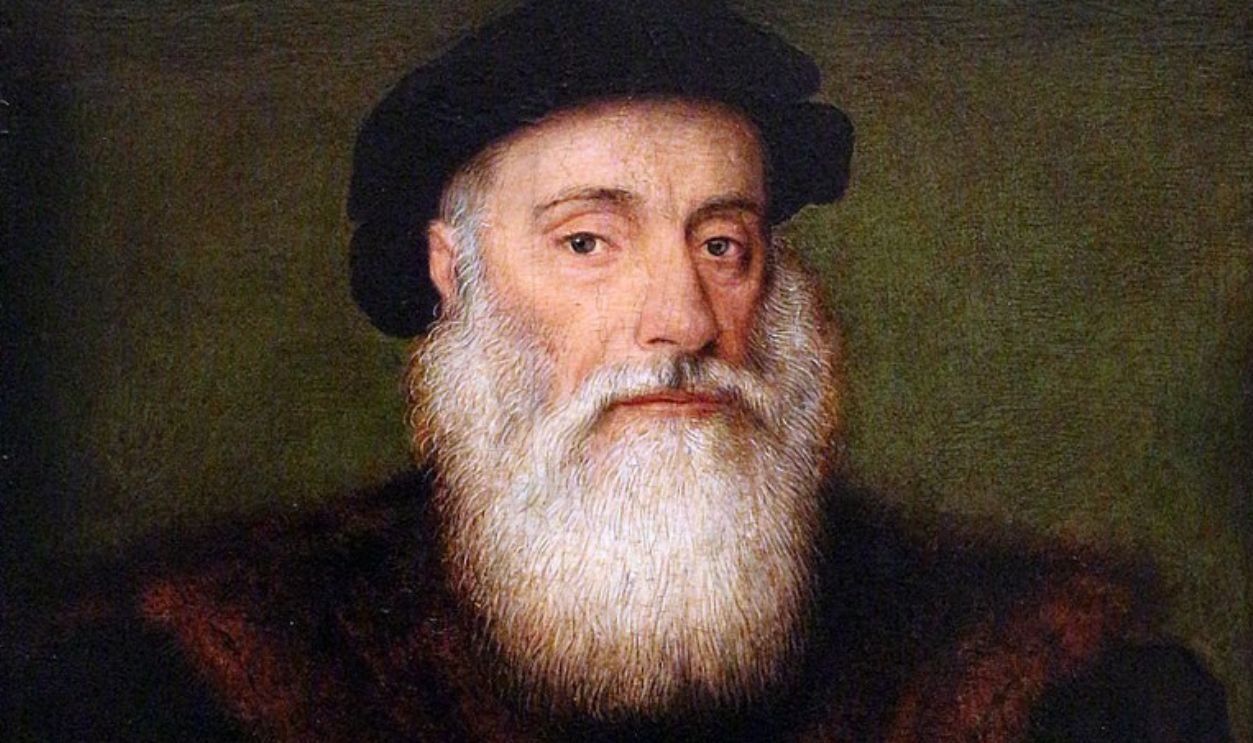
The Spark Of Exploration
In 1415, Portugal made a bold move by conquering Ceuta in North Africa. This was a strategic masterstroke that would rewrite global rules. Prince Henry the Navigator emerged as the ultimate visionary, and this move turned a small kingdom into a global exploration machine. Before all this….
They Were A Tiny Kingdom
Before the significant events of 1415, when Portugal conquered Ceuta, the nation was a relatively small kingdom on the Iberian Peninsula with a distinct identity shaped by its geography, politics, and cultural influences. Portugal sat along the Atlantic coast with the advantage of exploring the seas if they wanted to.
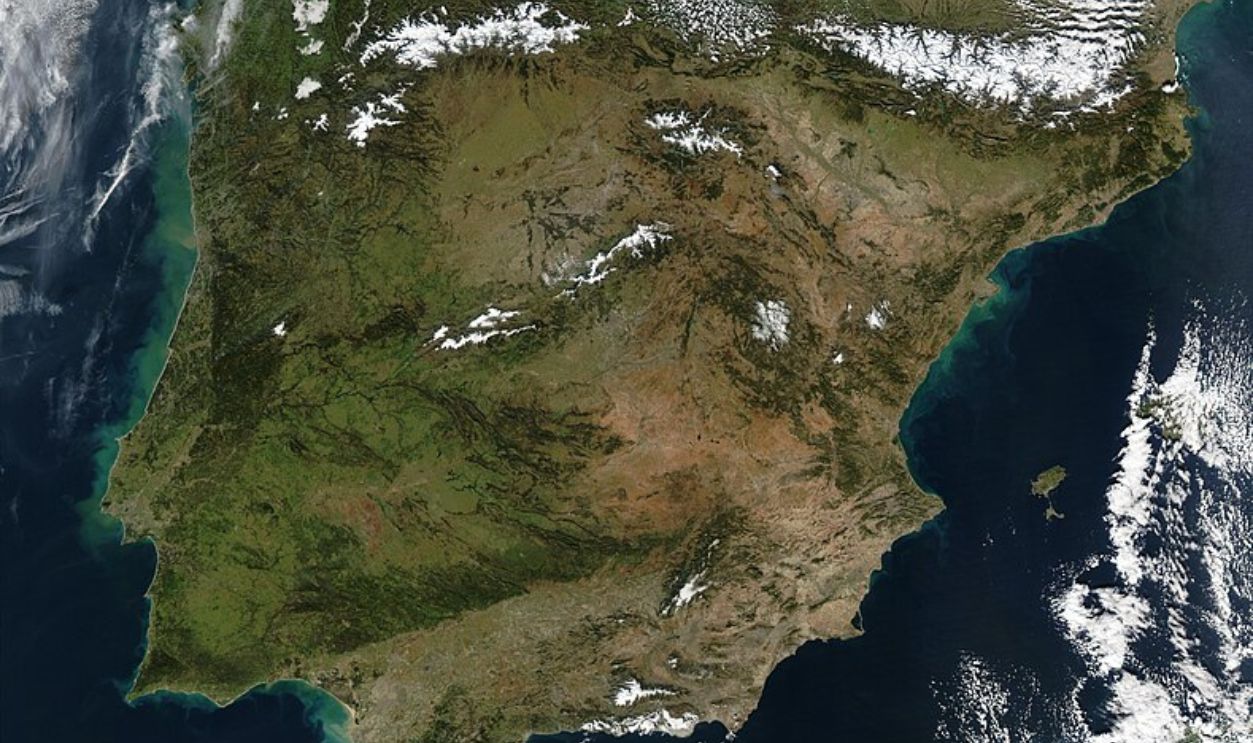 Jacques Descloitres, MODIS Rapid Response Team, NASA/GSFC, Wikimedia Commons
Jacques Descloitres, MODIS Rapid Response Team, NASA/GSFC, Wikimedia Commons
Political Context
Oh, they did. But before that, Portugal had emerged as a kingdom in the 12th century, gaining independence from León in 1139 under Afonso I. The kingdom’s borders were solidified through militia campaigns during the Reconquista, a centuries-long effort to reclaim territory from Muslim rule.
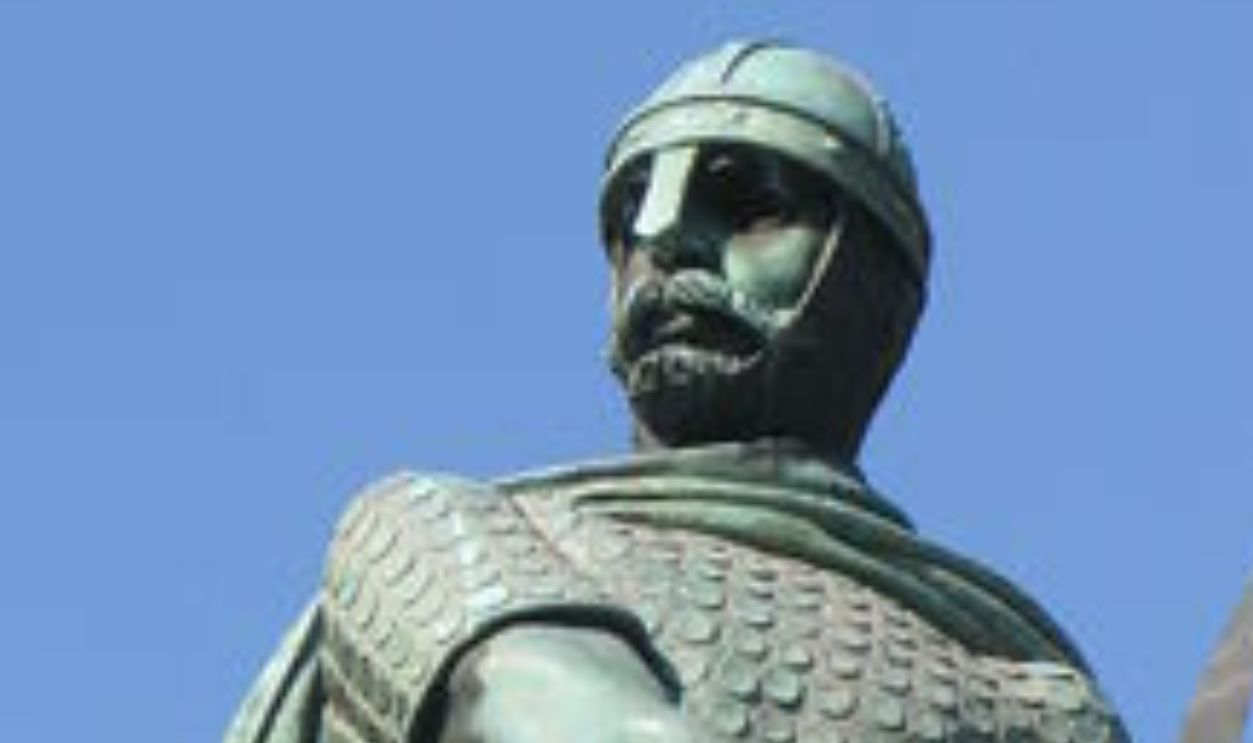 Beria L. Rodriguez , CC BY-SA 3.0 , Wikimedia Commons
Beria L. Rodriguez , CC BY-SA 3.0 , Wikimedia Commons
Dynastic Influences
The Portuguese monarchy was influenced by dynastic ties to other European powers, particularly England. The marriage of King John I to Philippa of Lancaster in 1387 strengthened these ties and fostered alliances that would later support exploration efforts.
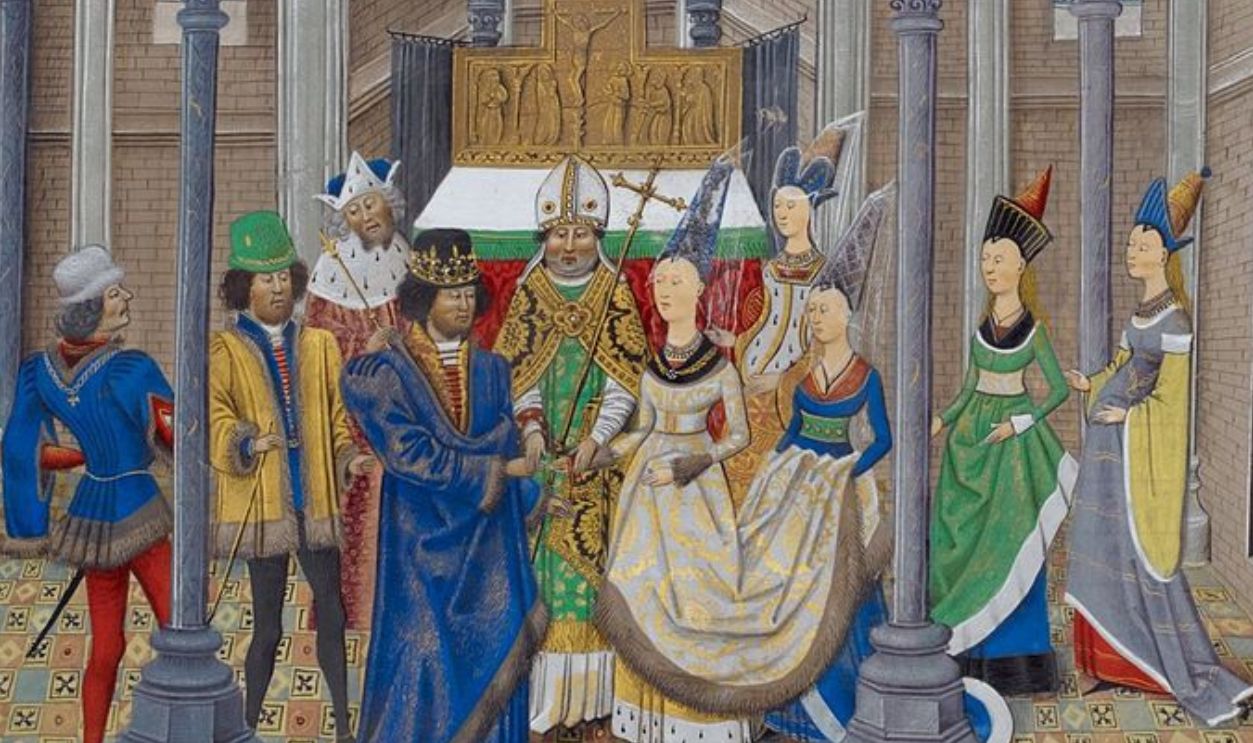 Unknown author, Wikimedia Commons
Unknown author, Wikimedia Commons
Economic Foundations
Portugal's economy was based on trade, agriculture, and the production of textiles, wine, and olive oil before it aspired to become an empire. A second merchant class emerged in the late 14th century as a result of trading with North Africa and the Mediterranean.
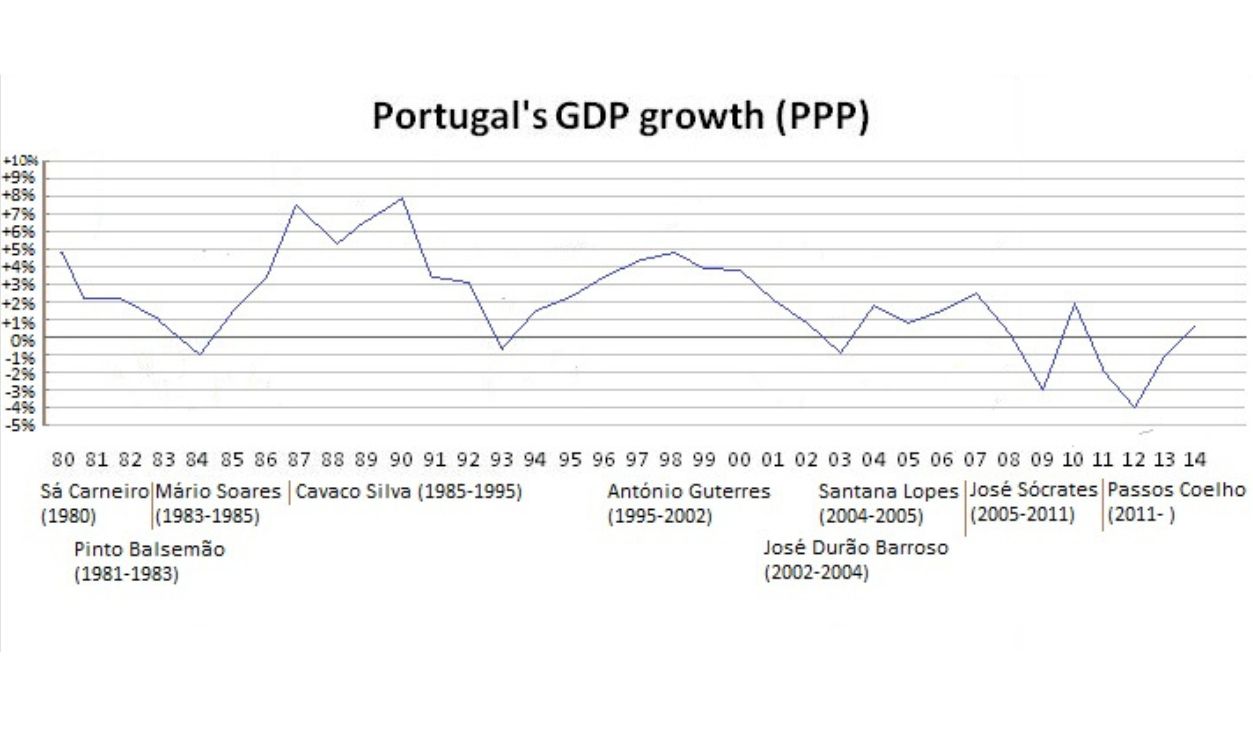 Califate123!, Wikimedia Commons
Califate123!, Wikimedia Commons
Cultural And Religion
The Portuguese lived by the Christian faith, which was intertwined with their identity. Reclaiming land and spreading the Christian faith were the two primary goals of the Reconquista. This hunger drove European countries' increasing interest in Africa.
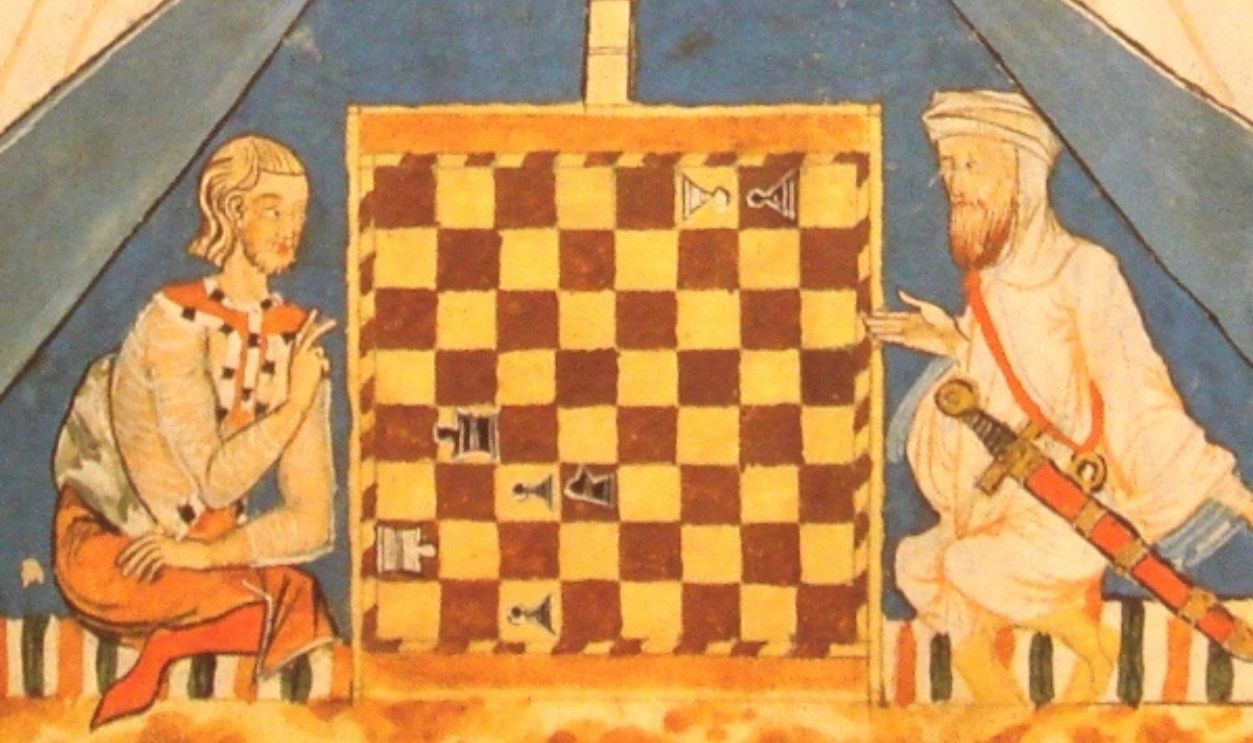 Unknown author, Wikimedia Commons
Unknown author, Wikimedia Commons
Introducing Prince Henry
Born in 1394, Prince Henry was the third son of King John I. His upbringing instilled in him a desire for military glory and exploration. This further drove his desire to dive into maritime exploration. He set sail along the African coast, and spearheaded Portugal’s dominance in navigation and trade.
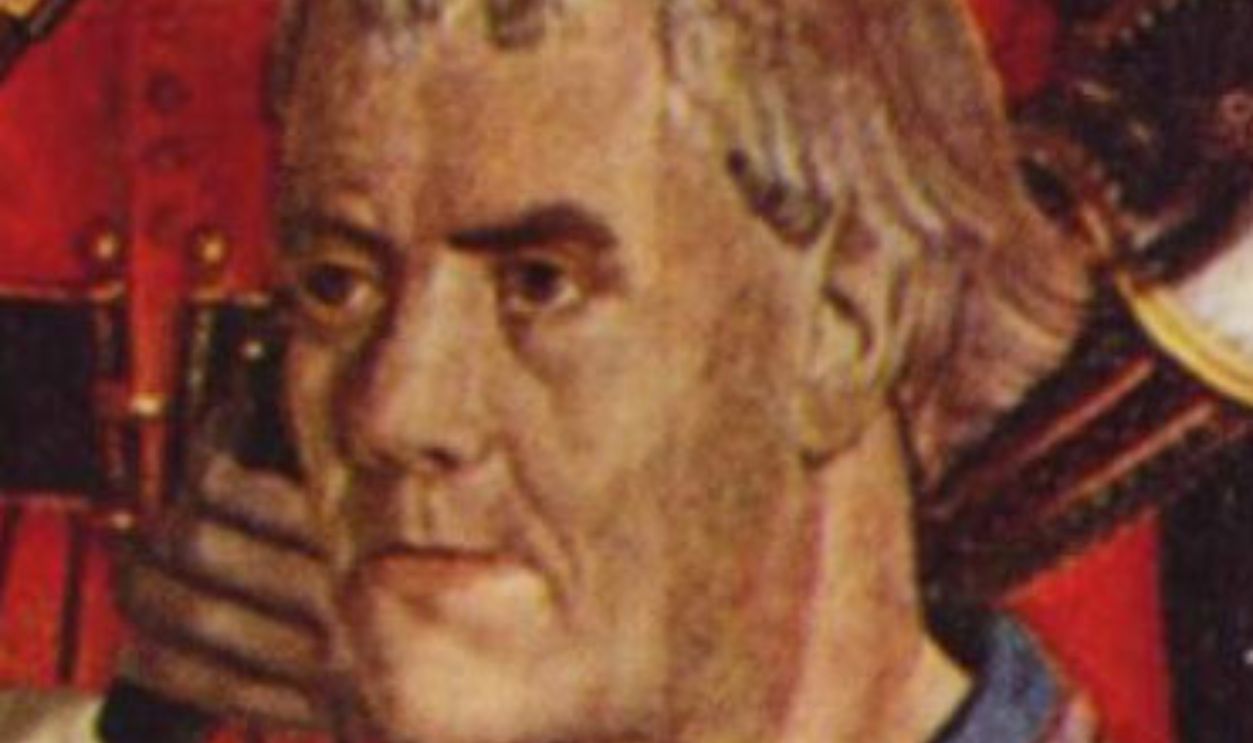 Nuno Gonçalves, Wikimedia Commons
Nuno Gonçalves, Wikimedia Commons
Prince Henry The Navigator’s Role
His first winning moves? Taking part in operations against Muslim lands and capturing Ceuta—two events that pushed Portugal forward. These wins paved the way for more exploration and growth by opening up trade routes to move resources from Africa.
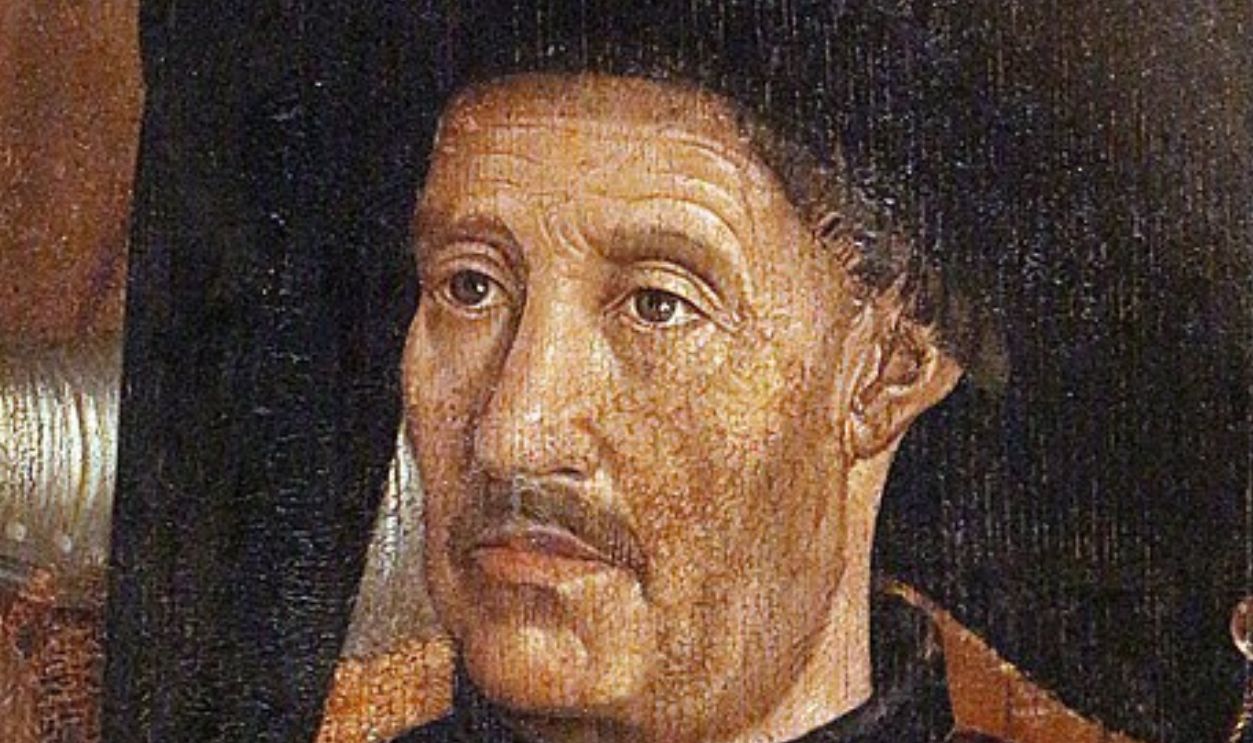 Nuno Gonçalves, Wikimedia Commons
Nuno Gonçalves, Wikimedia Commons
Technological Advancements
Prior to 1415, Portuguese maritime capabilities were limited. However, under Prince Henry’s influence, innovations like the caravel—a lighter, more maneuverable ship—were developed. This vessel became essential for long-distance voyages along uncharted waters.
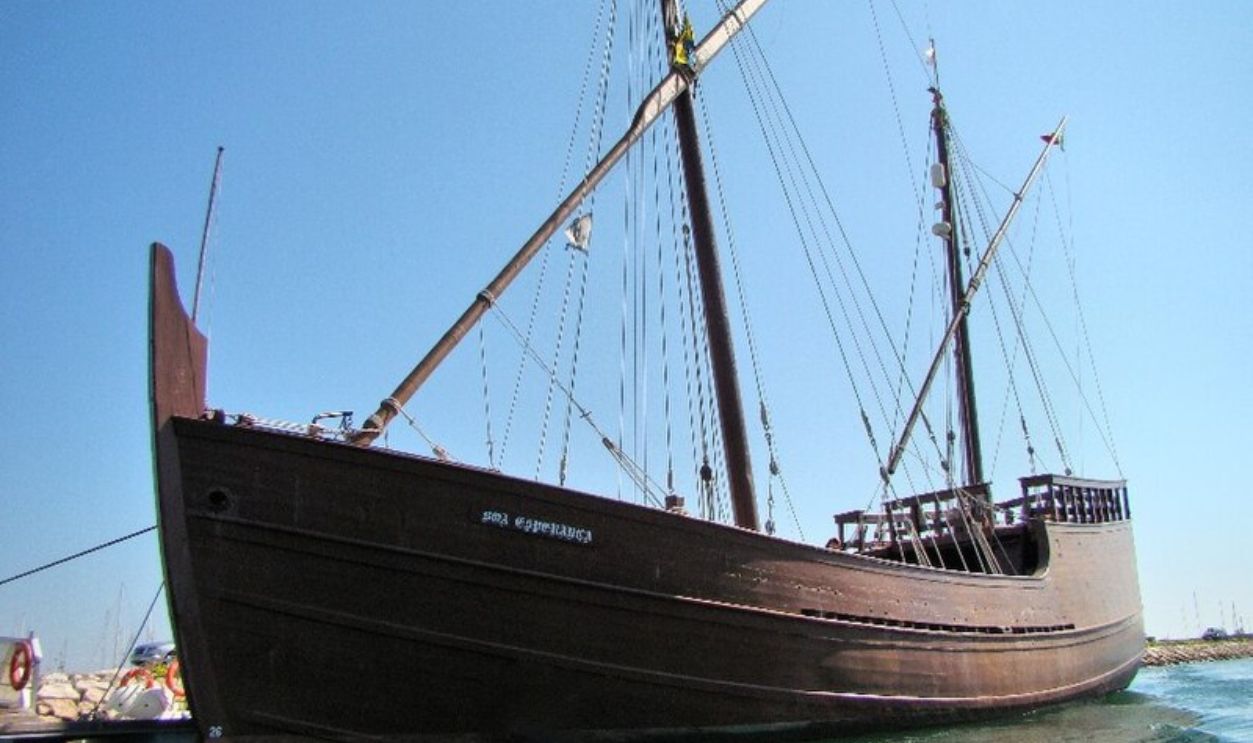 Lacobrigo, CC BY-SA 3.0, Wikimedia Commons
Lacobrigo, CC BY-SA 3.0, Wikimedia Commons
Maritime Revolution
Portuguese sailors were the tech wizards of their time. They engineered caravels that could conquer impossible ocean conditions. These weren’t just ships—they were floating technological marvels that combined innovative navigation tools like astrolabes and quadrants with unprecedented maritime engineering skills.
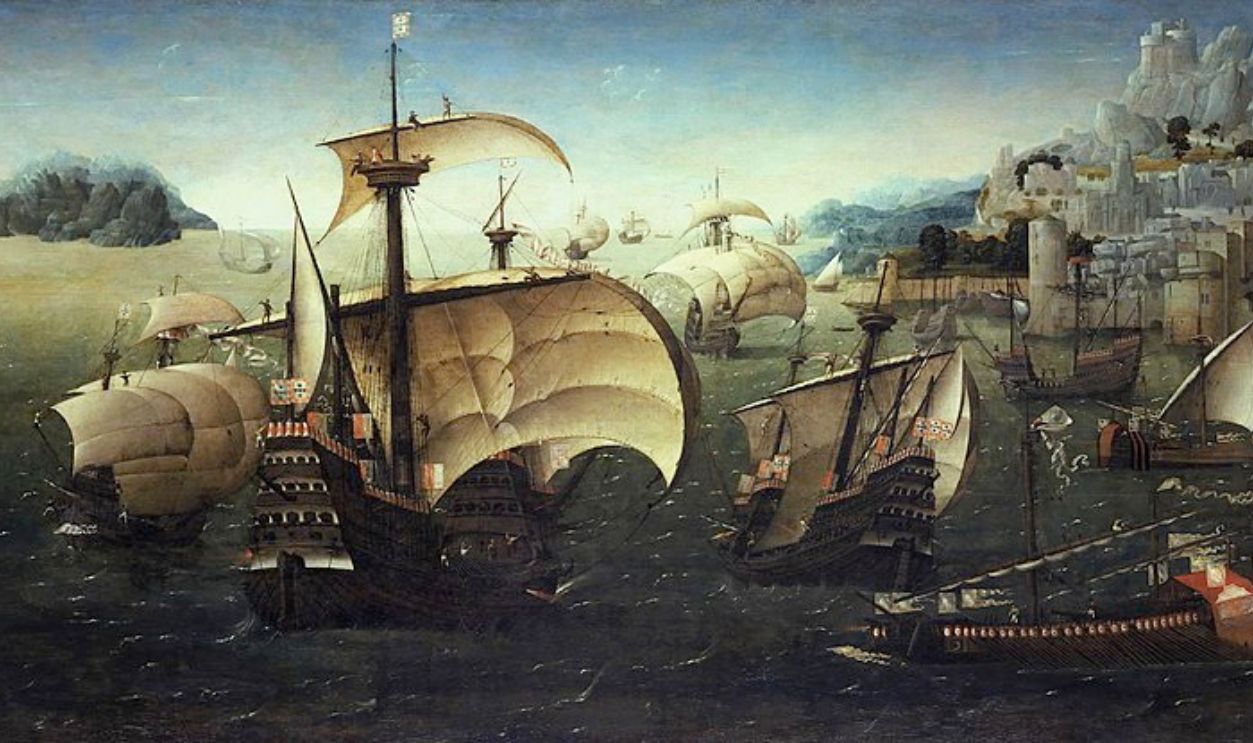 Royal Museums Greenwich, Wikimedia Commons
Royal Museums Greenwich, Wikimedia Commons
Bartolomeu Dias
In 1488, Bartolomeu Dias became the first European to round the Cape of Good Hope, effectively unlocking the sea route to the Indian Ocean. This journey shattered long-held geographical myths, as sailors who previously feared mythical sea monsters began to realize that the oceans were conquerable.
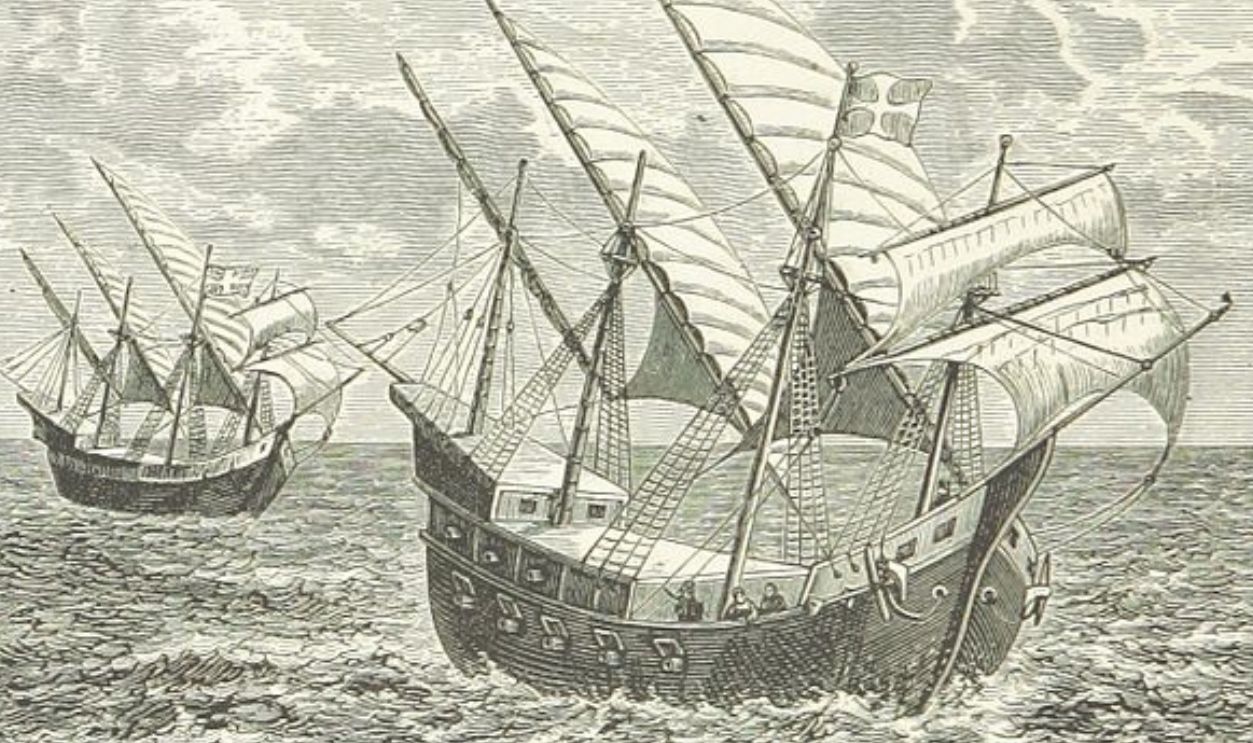 Frederick Whymper, Wikimedia Commons
Frederick Whymper, Wikimedia Commons
Breaking Geographical Barriers
Dias’s expedition not only expanded the known world but also represented a psychological breakthrough. His successful journey around Africa laid the groundwork for future explorations by proving that a sea route to Asia was possible, although he did not reach India himself.
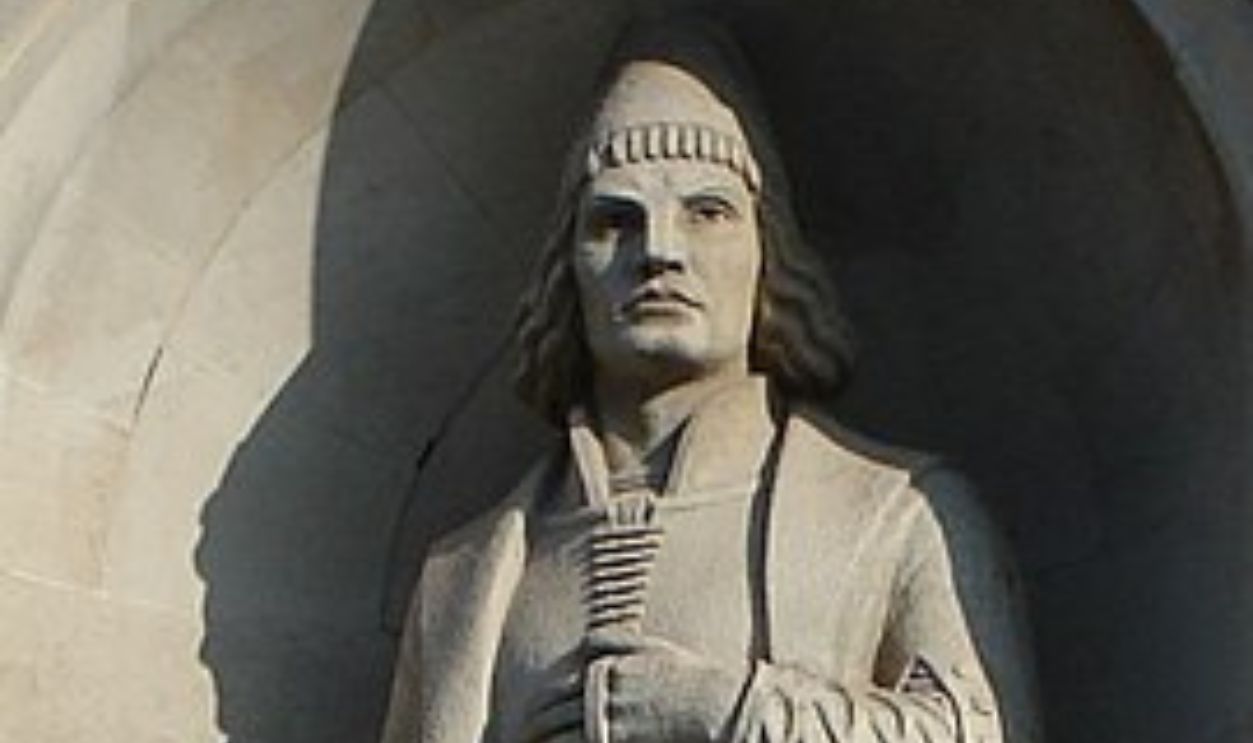 Biser Todorov, CC BY-SA 3.0, Wikimedia Commons
Biser Todorov, CC BY-SA 3.0, Wikimedia Commons
The Transition To Vasco Da Gama
Following Dias’s pioneering journey, Europe saw a growing interest in establishing direct trade routes to India, primarily driven by the lucrative spice trade. In this context, King Manuel I of Portugal sought to capitalize on Dias’s findings.
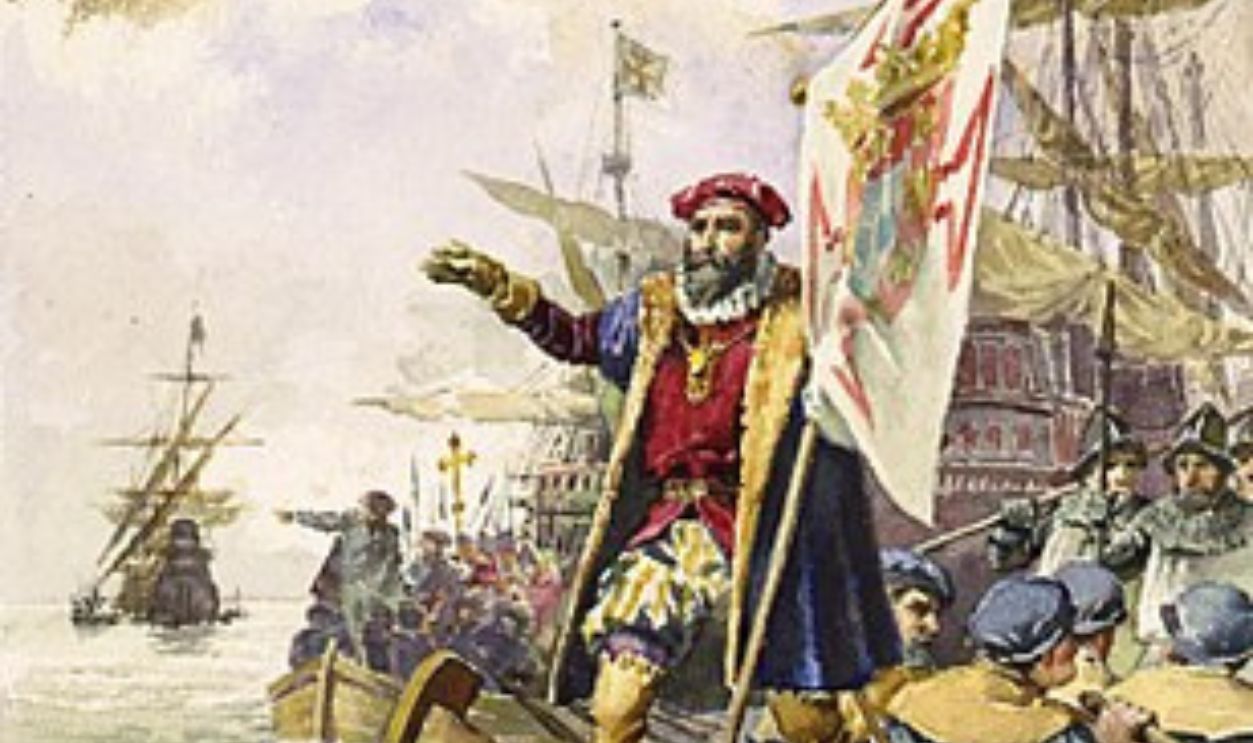 Ernesto Casanova, Wikimedia Commons
Ernesto Casanova, Wikimedia Commons
King Manuel I of Portugal's Appointee
The King appointed Vasco da Gama to lead an expedition aimed at reaching India by sailing around Africa. This decision was influenced by the need to circumvent established trade seaways already monopolized by Muslim merchants in the Mediterranean and Middle East, which had long-controlled access to Asian goods.
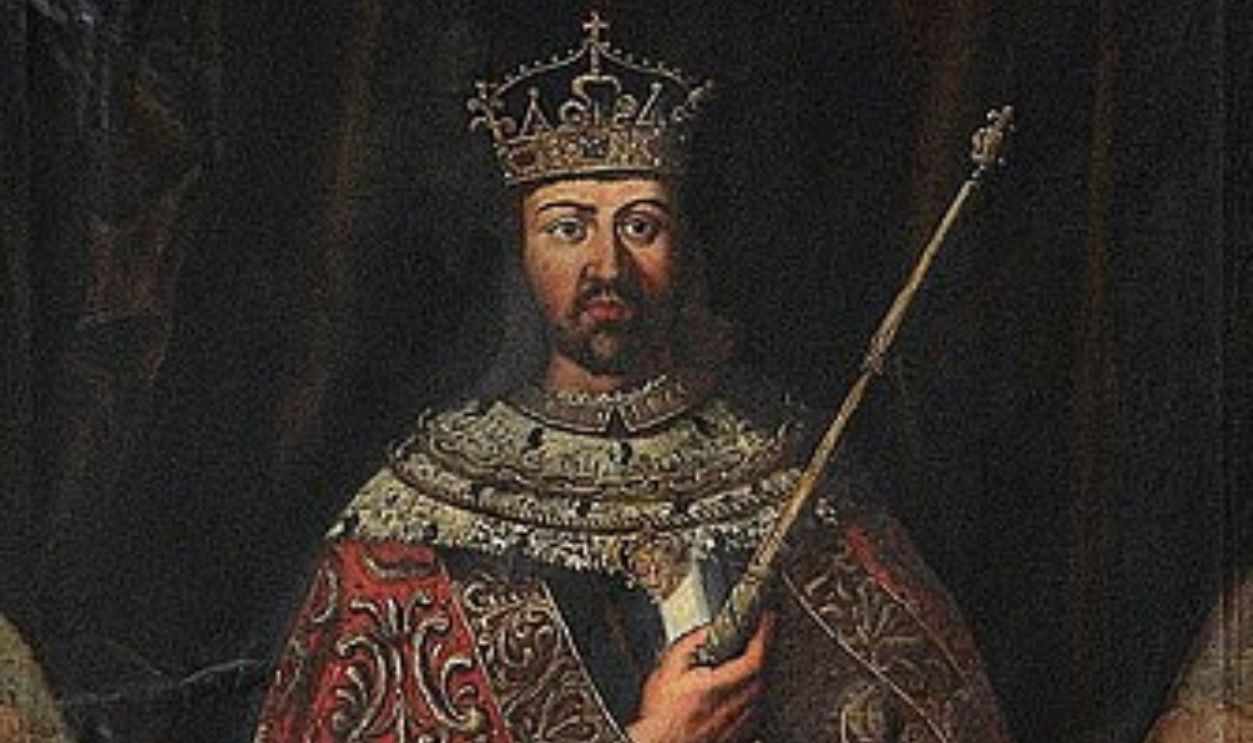 University of Coimbra, CC BY-SA 4.0, Wikimedia Commons
University of Coimbra, CC BY-SA 4.0, Wikimedia Commons
Vasco Da Gama: The India Connection
On July 8, 1497, Vasco da Gama traveled from Lisbon with a fleet of four ships. After moving through the same route around the Cape of Good Hope that Dias had pioneered, he reached Calicut (now Kozhikode), India, on May 20, 1498.
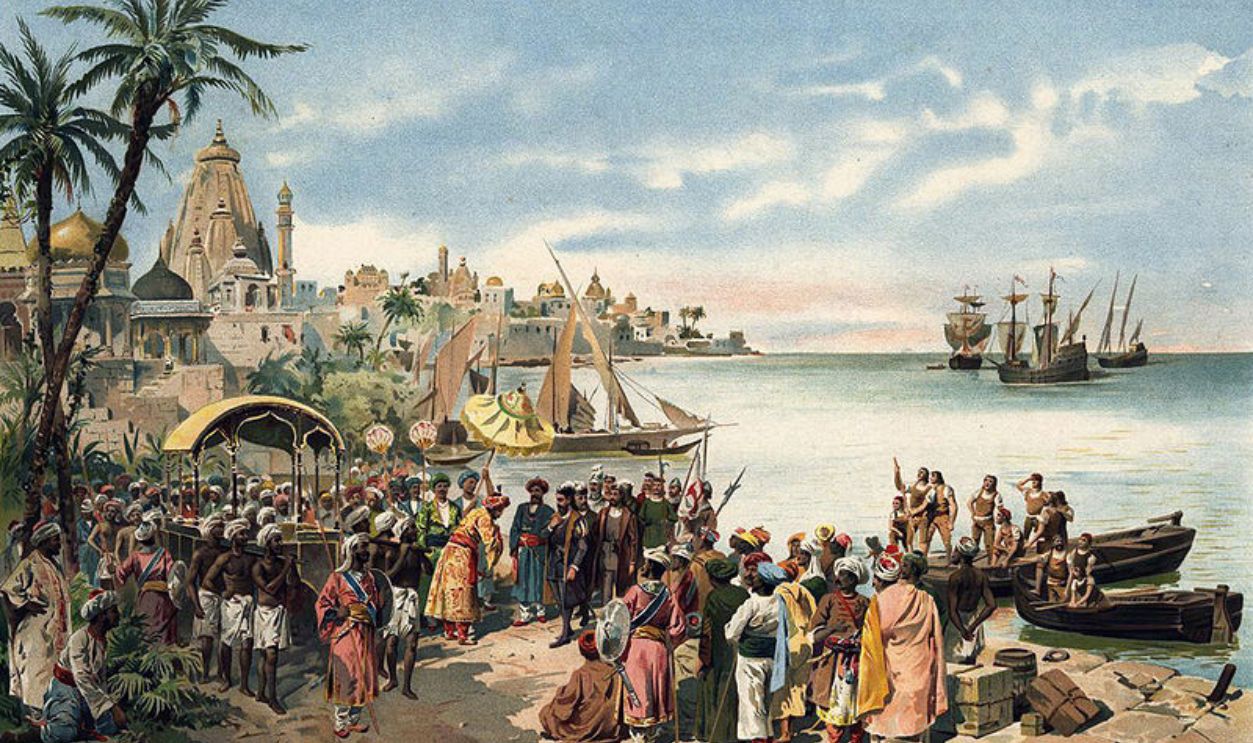 Roque Gameiro, Wikimedia Commons
Roque Gameiro, Wikimedia Commons
The Europe-Asia Maritime Link
This voyage was monumental as it established a direct maritime link between Europe and Asia for the first time. When Da Gama arrived in India, everything changed; he disrupted centuries-old supply chain networks that depended on multiple intermediaries for spices and other goods.
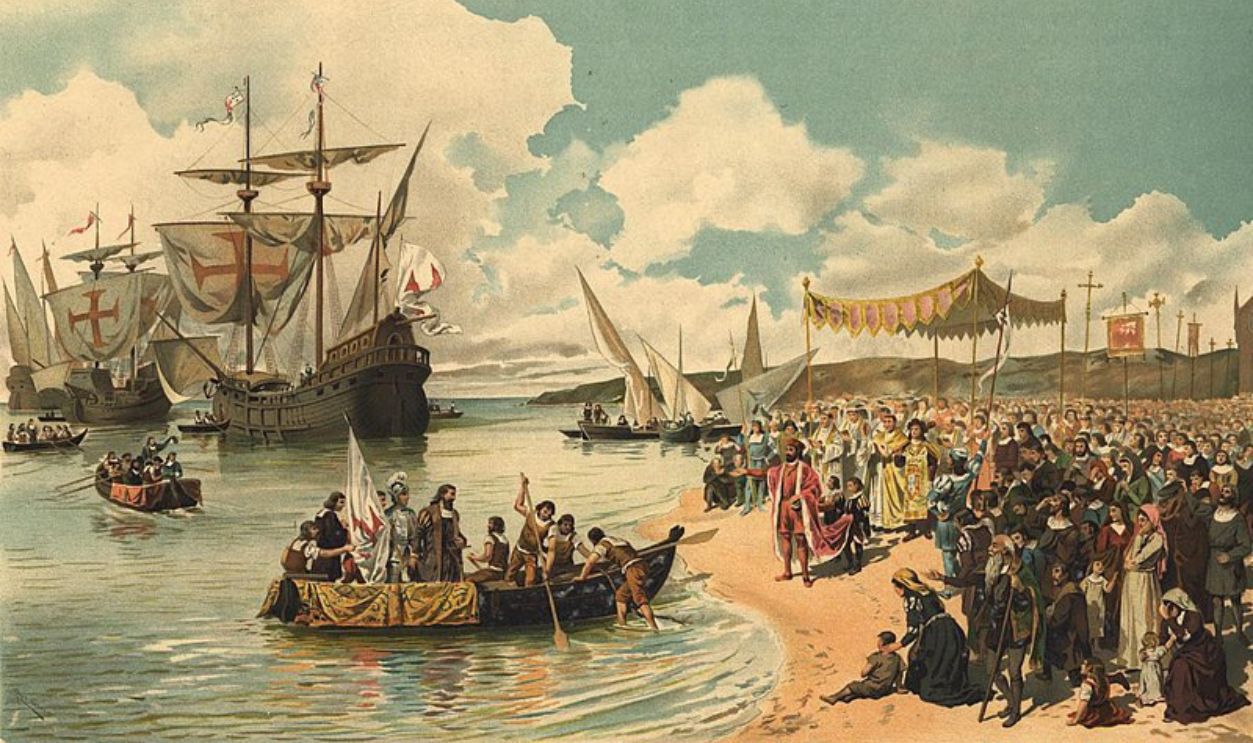 Roque Gameiro, Wikimedia Commons
Roque Gameiro, Wikimedia Commons
Developments During This Period
These expeditions were triumphant and also far from smooth sailing. On the positive side, it encouraged more sailors to explore, and this improved navigational techniques. Politically, the Portuguese crown was motivated by economic interests and aimed to outmaneuver Muslim traders who had controlled the Indian Ocean trade.
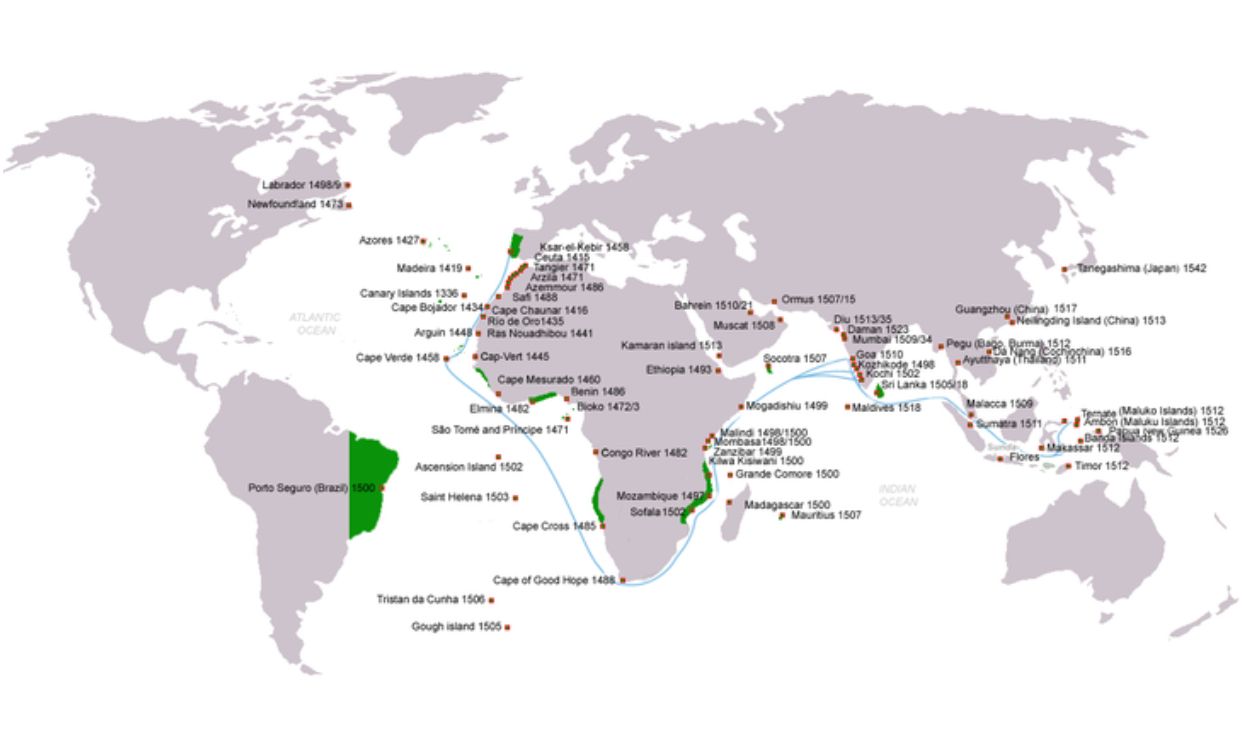 Uxbona, CC BY-SA 3.0, Wikimedia Commons
Uxbona, CC BY-SA 3.0, Wikimedia Commons
The Resistance
With any exploration trip, expect resistance, and Da Gama faced the same. His interactions with local rulers proved complex. While he sought alliances for trade, he often faced resistance due to existing trading systems and cultural differences. People naturally pushed back against this foreign presence.
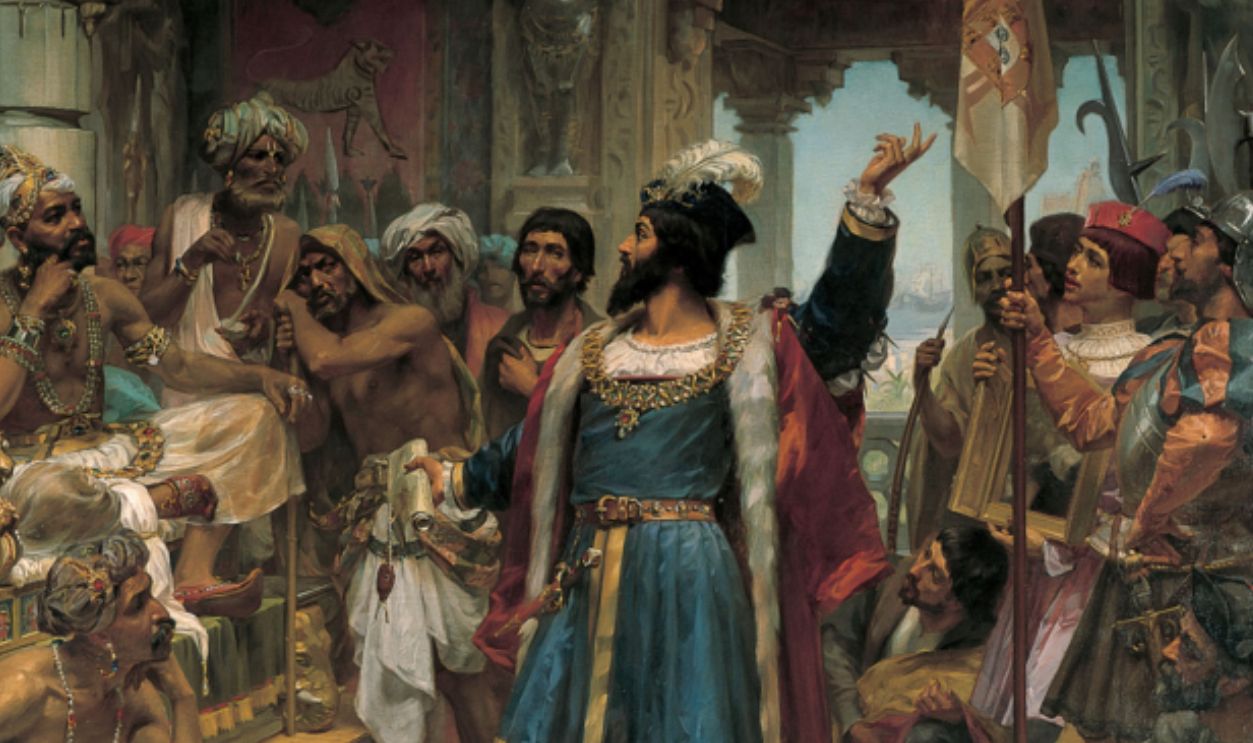 Veloso Salgado, Wikimedia Commons
Veloso Salgado, Wikimedia Commons
Establishing A Global Network
Regardless, Portugal managed to create the world’s first truly global network of trading posts and colonies. This network stretched from Goa in India to Malacca in Southeast Asia, from various African ports to Brazilian territories. They discovered land and built an interconnected empire that predated modern globalization for centuries.
The Spice Trade Dominance
Within no time Portugal controlled most of the global spice trade—they turned commodities into currencies of power. Pepper (from the Malabar Coast of India), cinnamon (from modern-day Sri Lanka), and nutmeg (from the Banda Islands in Indonesia) were their best-selling flavors—these became economic weapons.
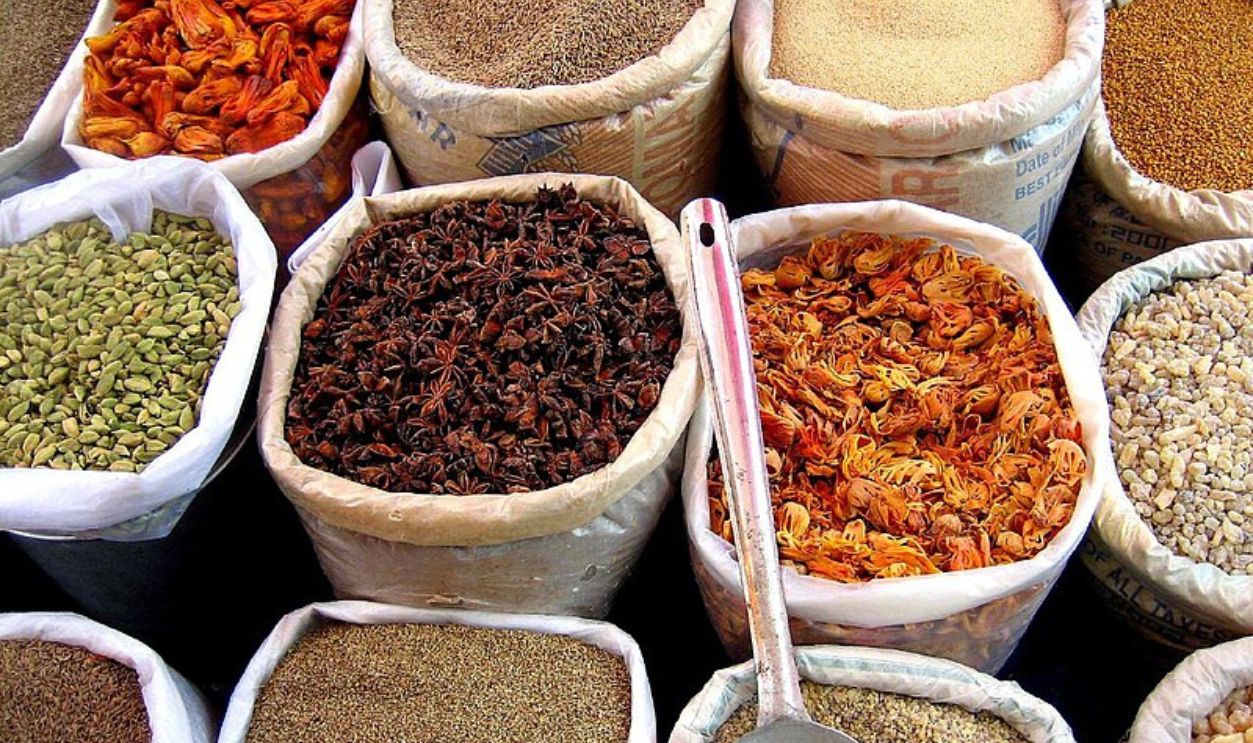 judepics, CC BY 2.0, Wikimedia Commons
judepics, CC BY 2.0, Wikimedia Commons
Europe, Asia, And Then….
In 1500, Pedro Álvares Cabral discovered Brazil, and this marked a significant turning point in the history of European exploration and colonialism. This discovery was part of Portugal's broader strategy to expand its influence and control over lucrative trade routes and resources.
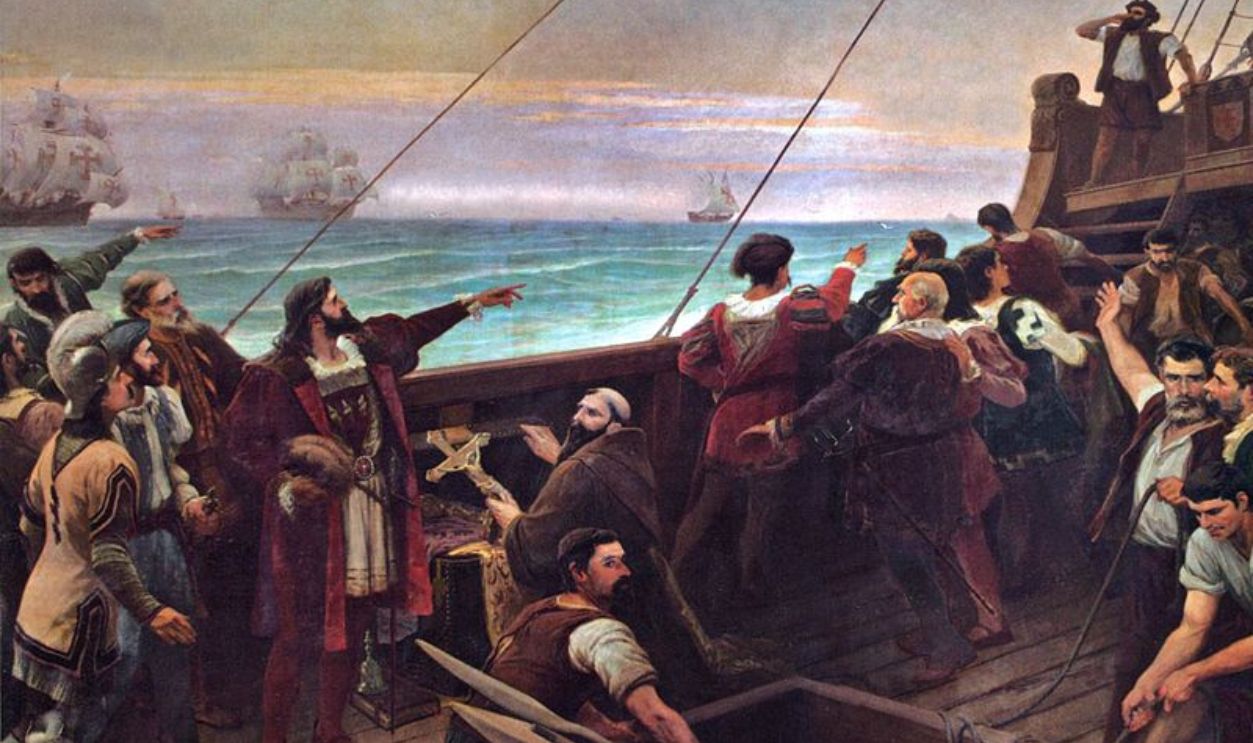 Aurelio of Figueiredo, Wikimedia Commons
Aurelio of Figueiredo, Wikimedia Commons
Initial Discovery And Claims
Cabral arrived in Brazil on April 22, 1500, while on his way to India. He claimed the territory for Portugal under the Treaty of Tordesillas, which had divided the New World between Spain and Portugal. This treaty allowed Portugal to explore and exploit the eastern territories of South America.
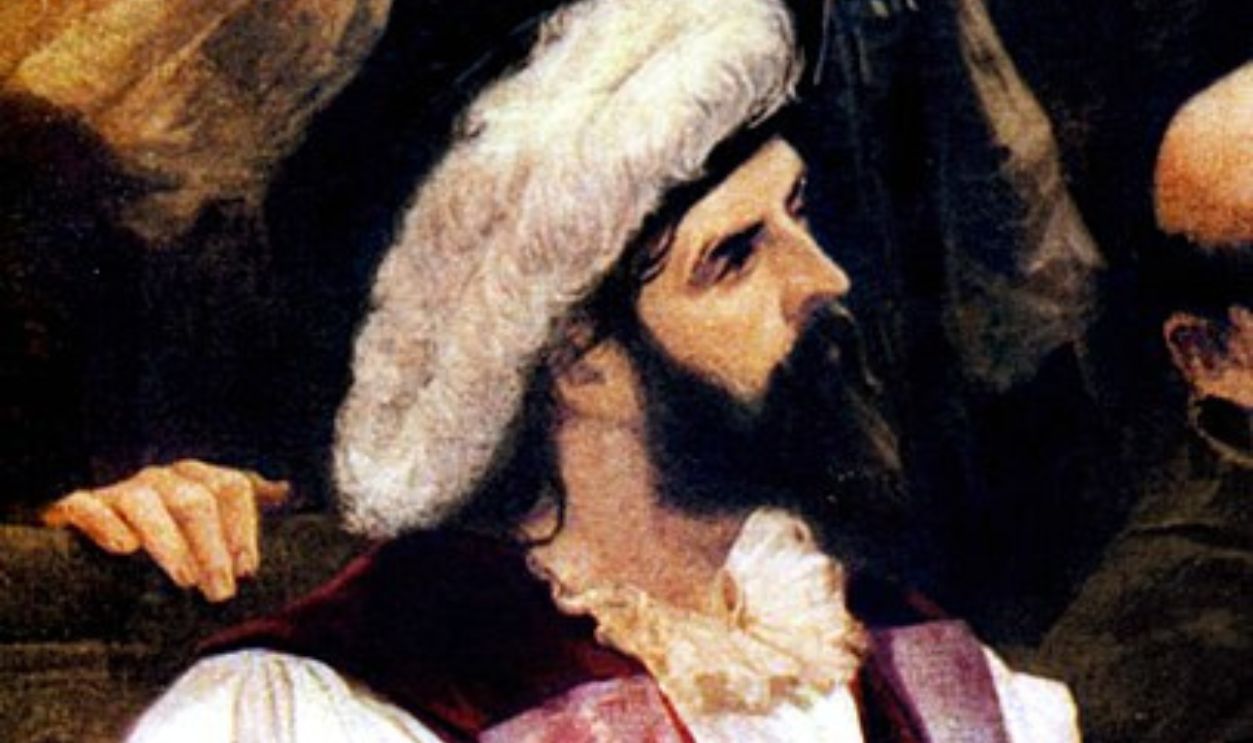 Francisco Aurelio (1854–1916), Wikimedia Commons
Francisco Aurelio (1854–1916), Wikimedia Commons
Why Brazil?
You see, the Portuguese were smart traders and their selection of Brazil was intentional. Brazil would soon become a cornerstone of Portuguese colonial ambitions. Why? It was a literal treasure trove rich in valuable commodities such as Brazilwood, sugar, gold, and diamonds.
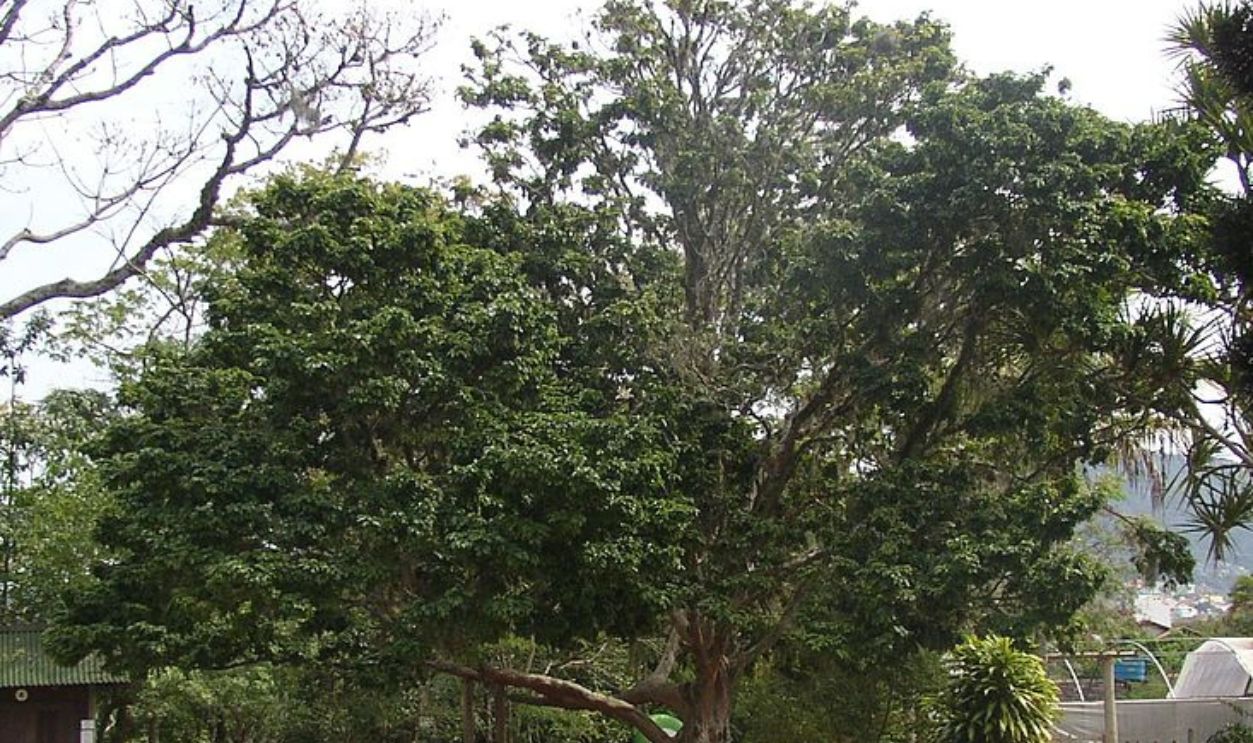 Der Kolonist, CC BY-SA 3.0, Wikimedia Commons
Der Kolonist, CC BY-SA 3.0, Wikimedia Commons
These Commodities Fit Right Into Their Trade
Since textiles were one of their strongholds, the main commodity they sought was Brazilwood. This tree was valued for its red dye used in textiles, and it was abundant along the Brazilian coast. Unfortunately, the Portuguese weren’t what we call environmentalists because they nearly depleted local populations.
 Fopseh, CC BY-SA 4.0, Wikimedia Commons
Fopseh, CC BY-SA 4.0, Wikimedia Commons
Another Trade Commodity Joined The Bandwagon
By the 16th century, this Empire brought on board sugar production. The Portuguese established sugar plantations primarily in the Northeast region, and they utilized enslaved African labor to maximize profits. Sugar became Brazil’s primary export, becoming a significant contributor to the wealth of both the colony and Portugal.
More Sparkling Commodities: Gold
If you thought they were done, they were just getting started and the discovery of gold in Minas Gerais around 1690 initiated a gold rush that remodeled Brazilian society and economy. This period saw an influx of settlers and enslaved Africans into the interior regions as they sought mining wealth.
 Rodolfo Amoedo, Wikimedia Commons
Rodolfo Amoedo, Wikimedia Commons
Next Up Was Diamonds
Diamonds were discovered shortly thereafter, with significant finds occurring between 1710 and 1730. These expeditions further enhanced Brazil’s status as a major source of precious resources. Cabral had really hit the nail on the head with this discovery.
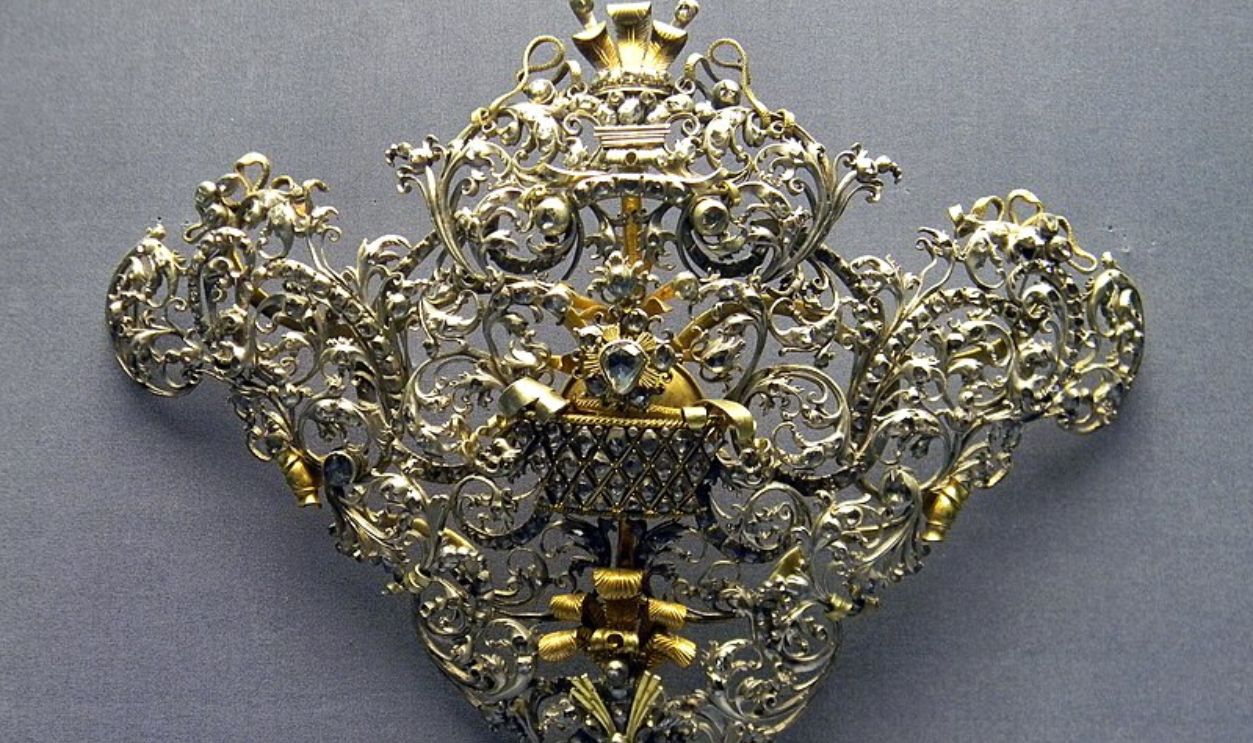 Manederequesens, CC BY-SA 4.0, Wikimedia Commons
Manederequesens, CC BY-SA 4.0, Wikimedia Commons
The Implications Of Cabral’s Discovery
The very first effect was that Brazil became integral to the Portuguese Empire’s economy. The wealth generated from sugar, gold, and diamonds allowed Portugal to strengthen its naval power and expand its colonial reach beyond where it could before.
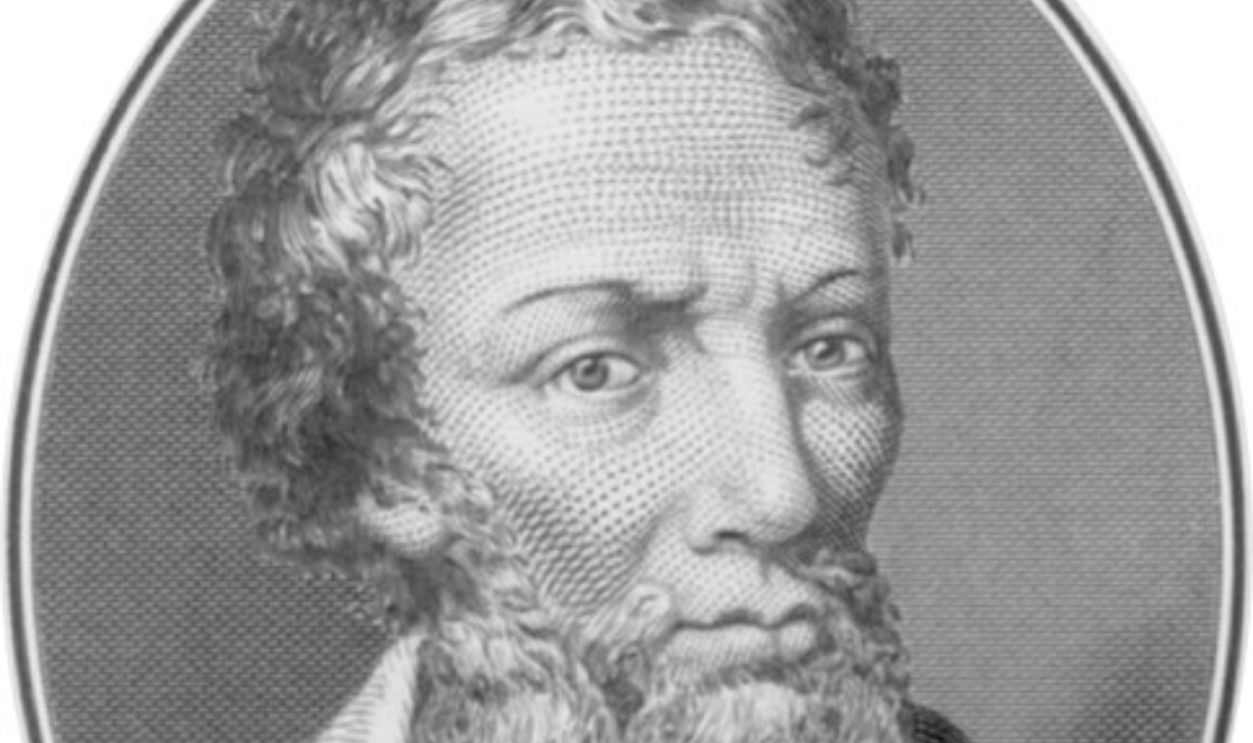 Unknown author, Wikimedia Commons
Unknown author, Wikimedia Commons
Human Labor Importation
Initially, the Portuguese depended on indigenous labor, but because of increased demand, they started importing African slaves in large numbers. The imported labor primarily worked on sugar plantations and in mines. This influx made Brazil a hotspot for imported labor. The numbers?
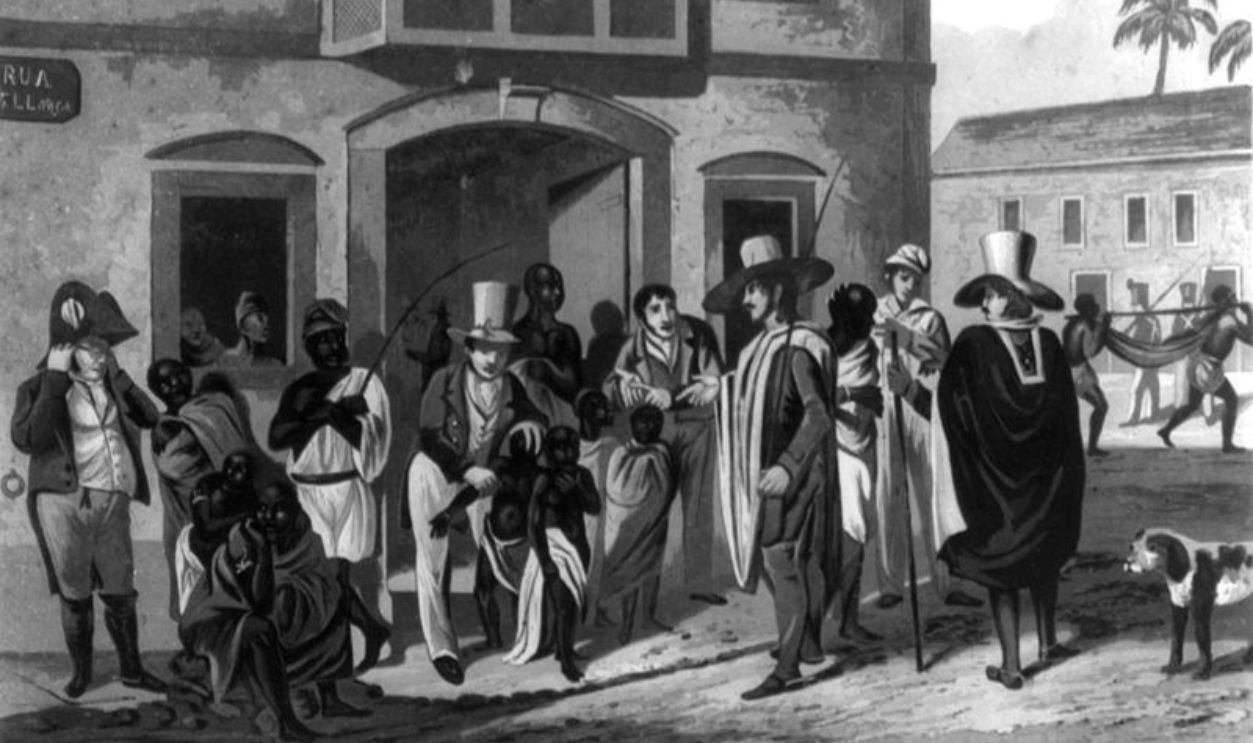 Edward Francis Finden, Wikimedia Commons
Edward Francis Finden, Wikimedia Commons
They Reached Millions
By the end of the colonial period, Brazil had become one of the largest recipients of African slaves in the Americas, with an estimated 4.9 million brought to Brazil between 1501 and 1866. This demographic shift had lasting social implications, and it shaped Brazil’s cultural scene forever.
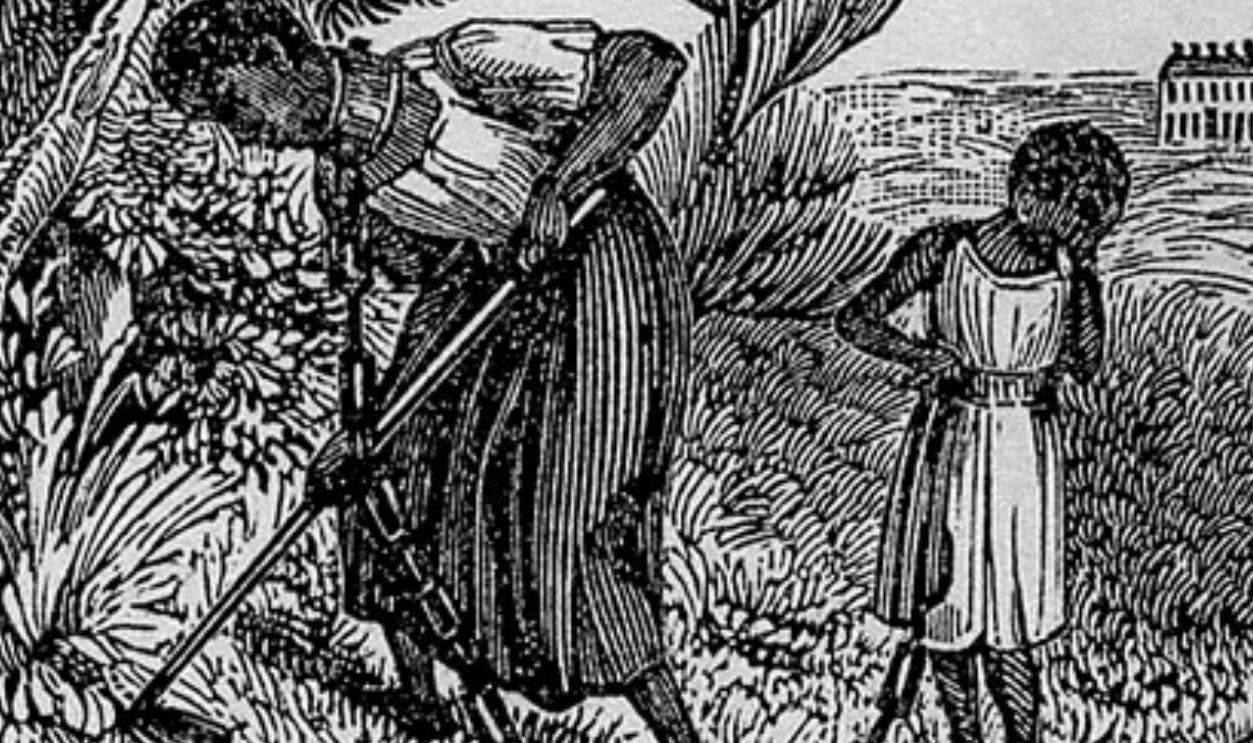 American anti-slavery almanac., Wikimedia Commons
American anti-slavery almanac., Wikimedia Commons
Geopolitical Consequences
The wealth from Brazil made Portugal a leading maritime power during the Age of Exploration. However, it also set off a competition among European powers for control over lucrative resources in both South America and beyond. The economic models established in Brazil influenced colonial practices throughout the Americas.
Cultural Transmission
The Portuguese expansion also became a cultural blender that spread far beyond territorial conquests. They introduced Catholicism, languages, and complex multicultural societies. Portuguese became a global lingua franca, creating linguistic and cultural bridges that would persist for centuries.
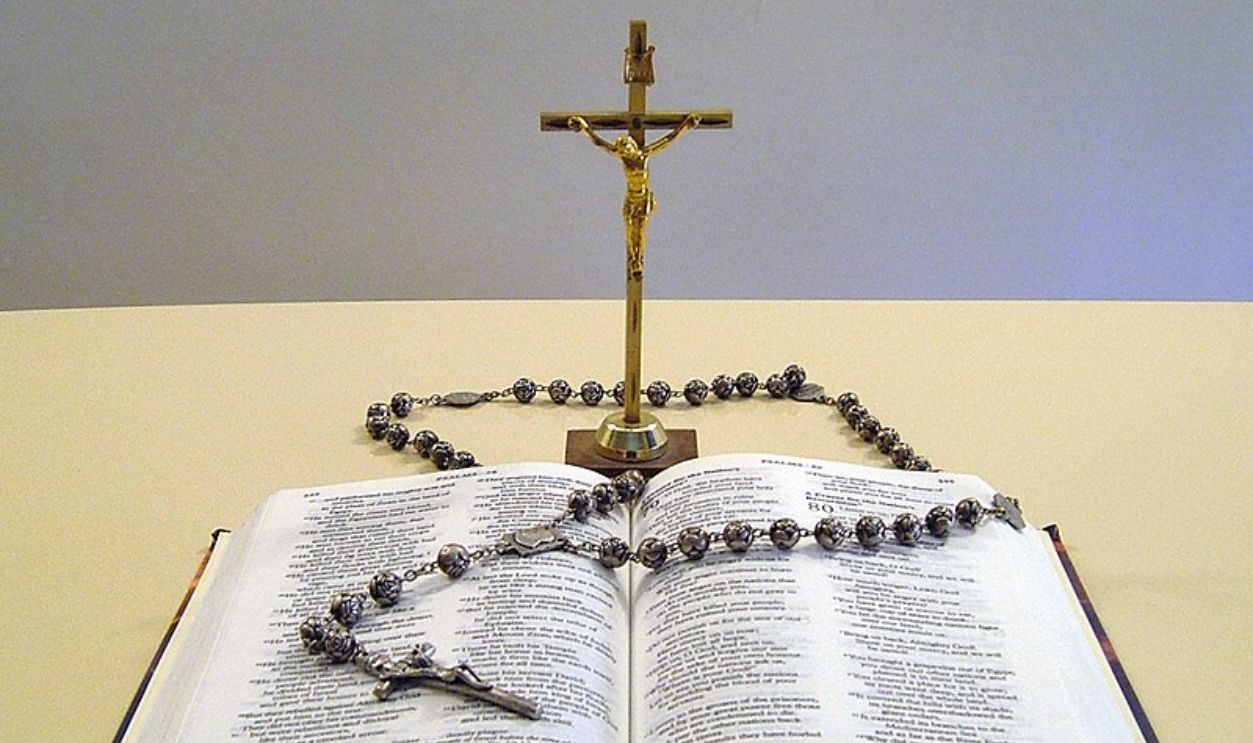 Issagm, CC BY-SA 3.0, Wikimedia Commons
Issagm, CC BY-SA 3.0, Wikimedia Commons
The Iberian Union Complication
In 1580, a dynastic crisis merged Portugal with Spain and it created a political powder keg. This union made Portuguese colonies prime targets for rival European powers. England, France, and the Netherlands saw an opportunity to challenge the once-unassailable Empire.
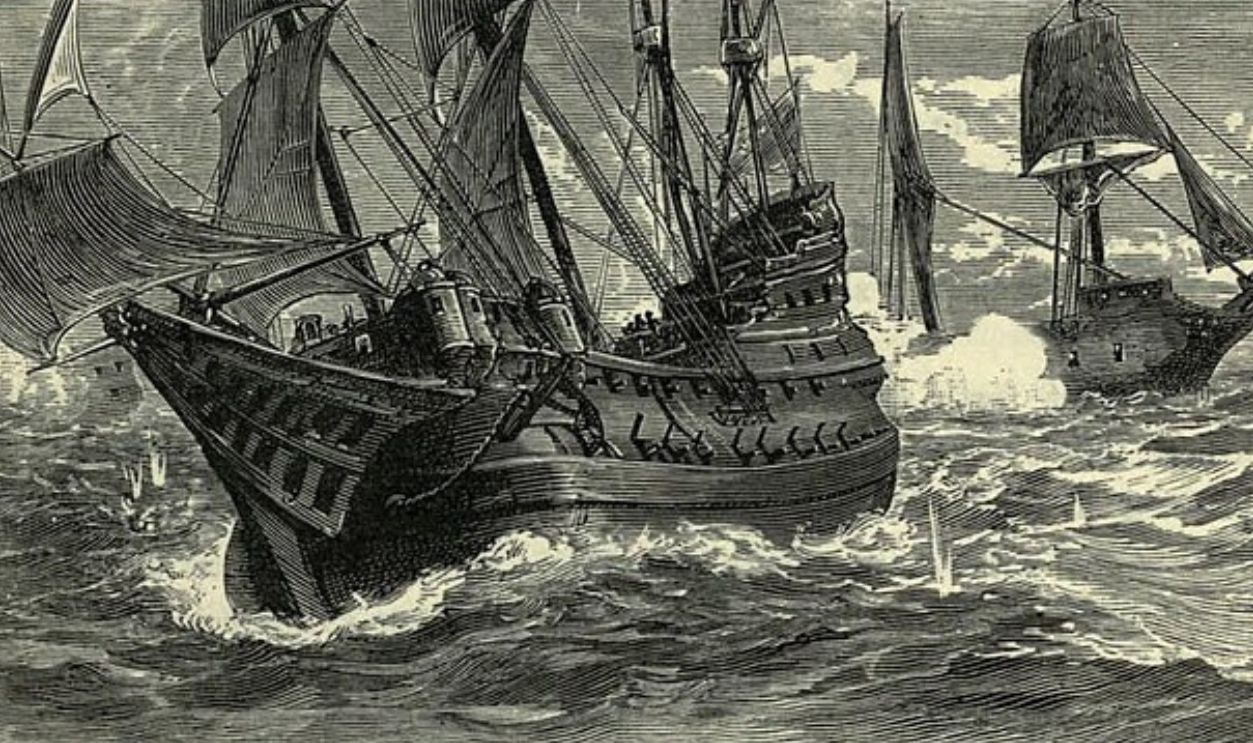 Frederick Whymper, Wikimedia Commons
Frederick Whymper, Wikimedia Commons
Why The Merger Happened
Following the demise of King Sebastian and his successor, Cardinal Henry, Portugal was left without a clear heir. Philip II of Spain, as the closest relative, claimed the Portuguese throne. This led to the union of the two crowns under Spanish rule. Portugal inherited all of Spain's ongoing conflicts.
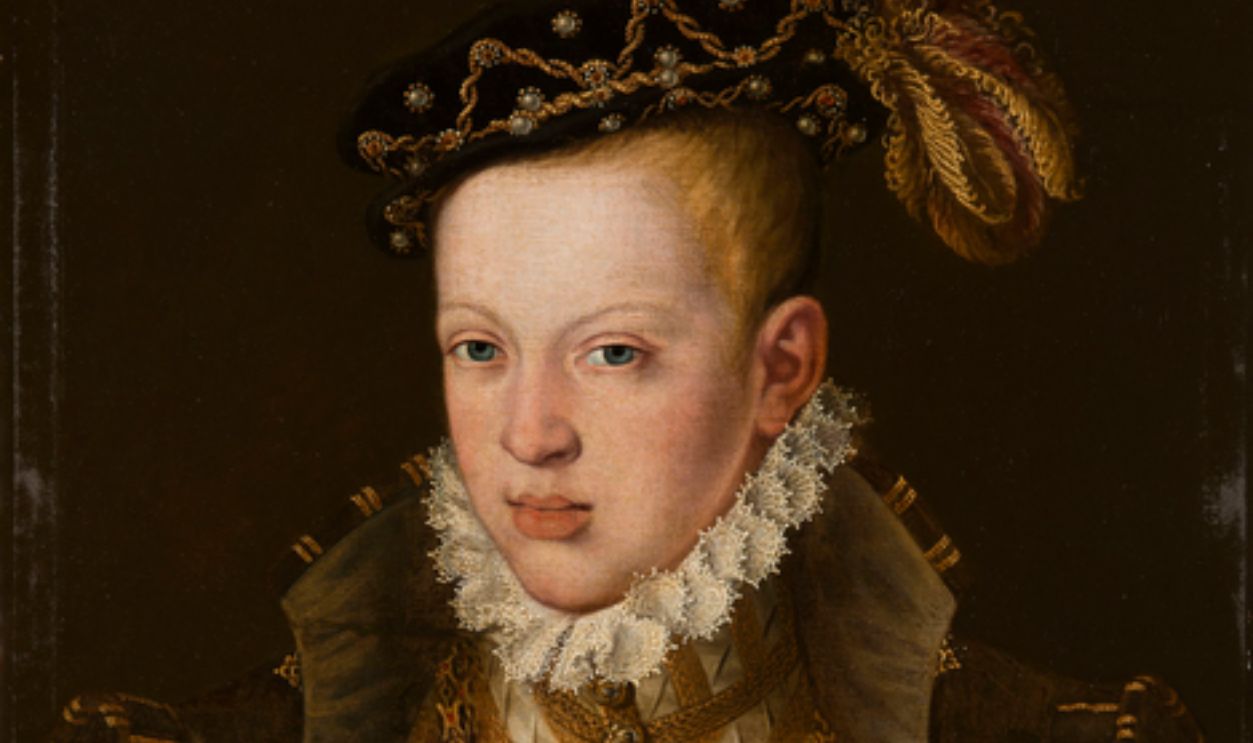 Cristóvão de Morais, Wikimedia Commons
Cristóvão de Morais, Wikimedia Commons
Challenges And Competition
When the Dutch-Portuguese War (1602-1663) came, it represented a critical turning point in imperial dynamics. Dutch naval forces systematically challenged Portuguese maritime supremacy, which gradually eroded economic monopolies and exposed the vulnerabilities of the once-invincible trading empire.
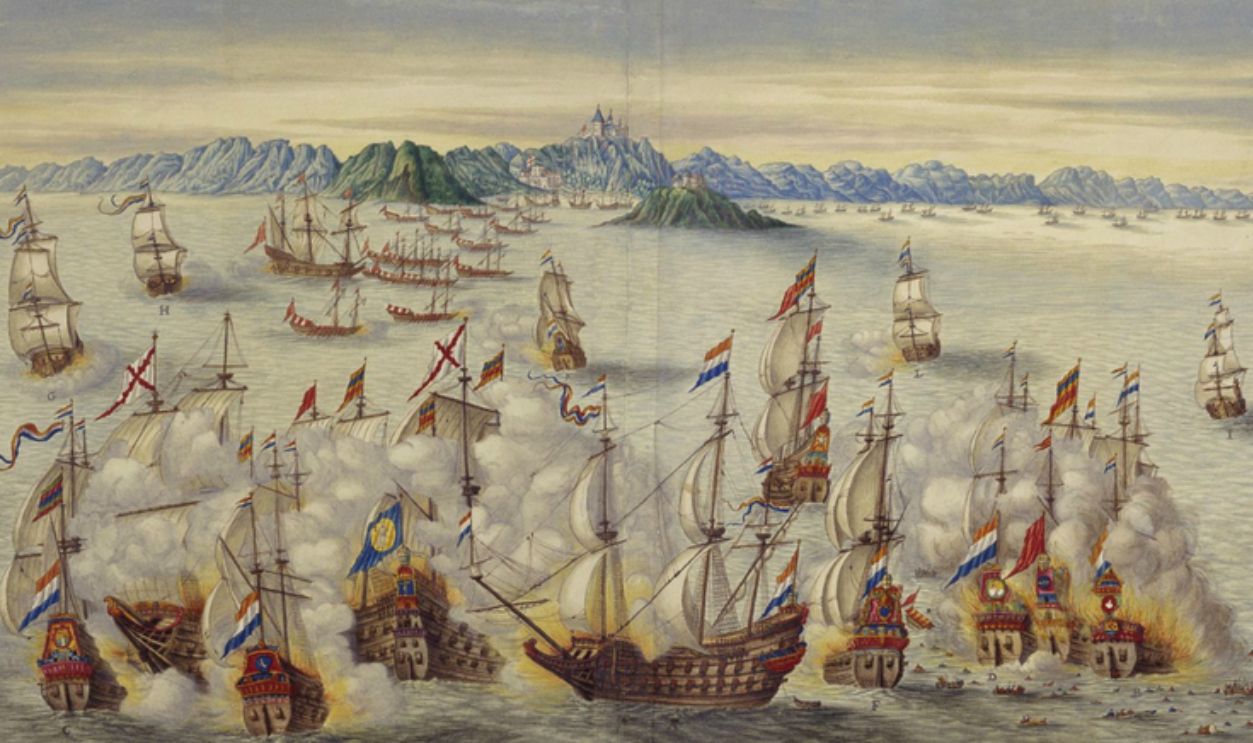 Johannes Vingboons, Wikimedia Commons
Johannes Vingboons, Wikimedia Commons
Economic Decline Begins
By the late 17th century, it was all evidently going down in shambles. It started with resource depletion, increased taxation, declined trade revenues, and increased competition from other European powers that created fatal weaknesses. The golden age was giving way to a new, more competitive global scene.
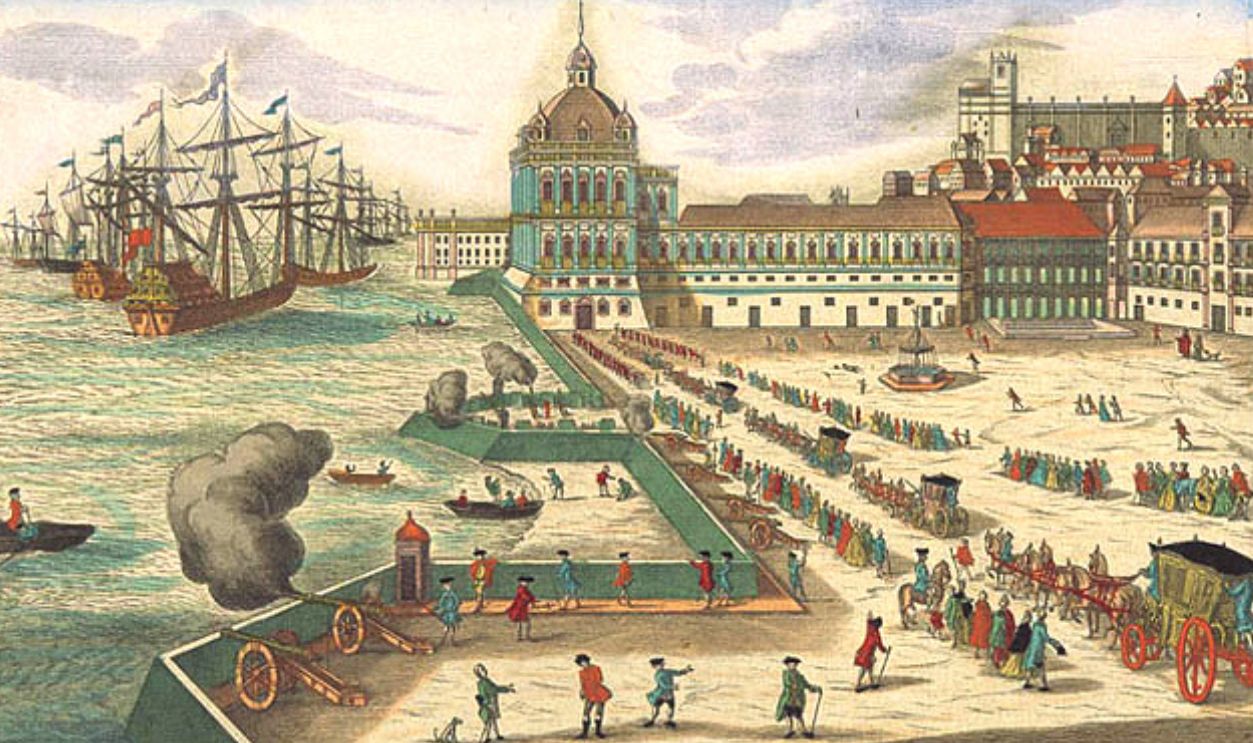 Unknown author, Wikimedia Commons
Unknown author, Wikimedia Commons
Territory Losses
Strategic territories began falling like dominoes: Hormuz to the Anglo-Persian forces in 1622 and Malacca to the Dutch, with their local ally, the Sultanate of Johor, in 1641. These geographical losses became symbolic representations of an empire gradually losing its grip on global trade and influence.
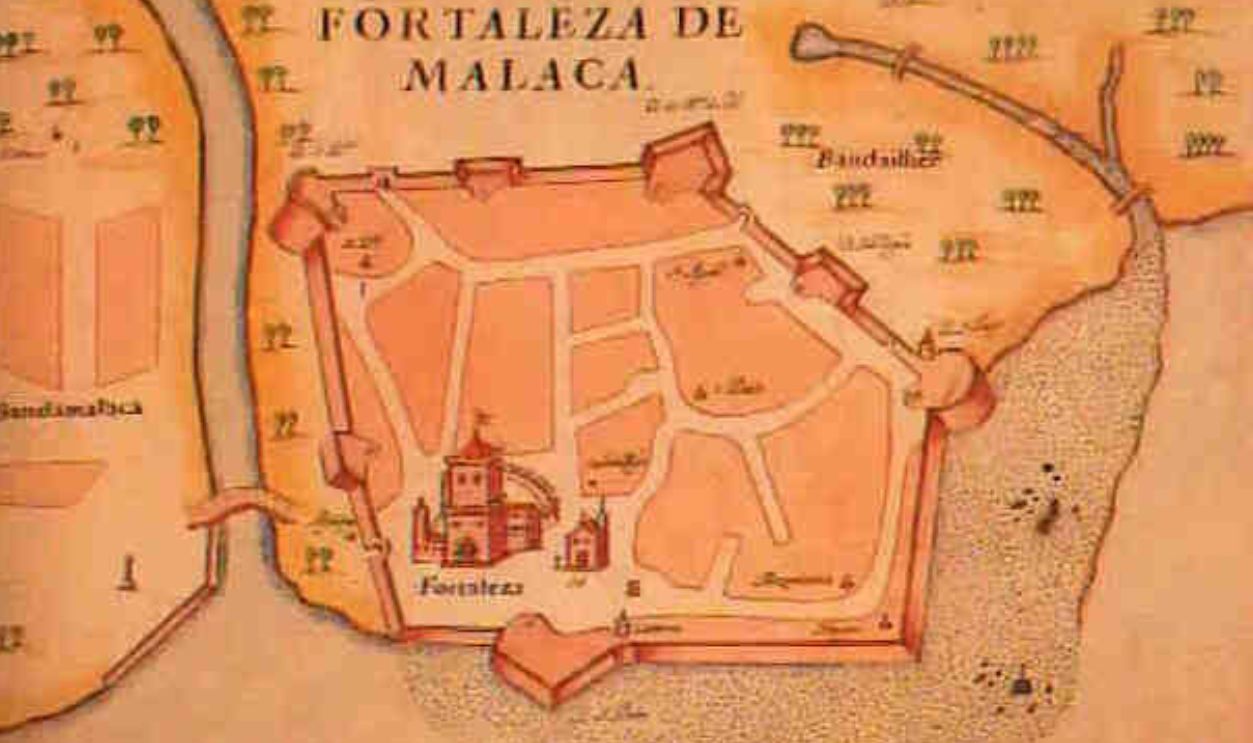 António Bocarro, Wikimedia Commons
António Bocarro, Wikimedia Commons
The Brazilian Independence
When 1822 came, Brazil claimed its independence and this delivered the final, decisive blow to the Portuguese Empire. The Empire lost its massive territory and this stripped Portugal of its most significant colonial asset, no more free resources.
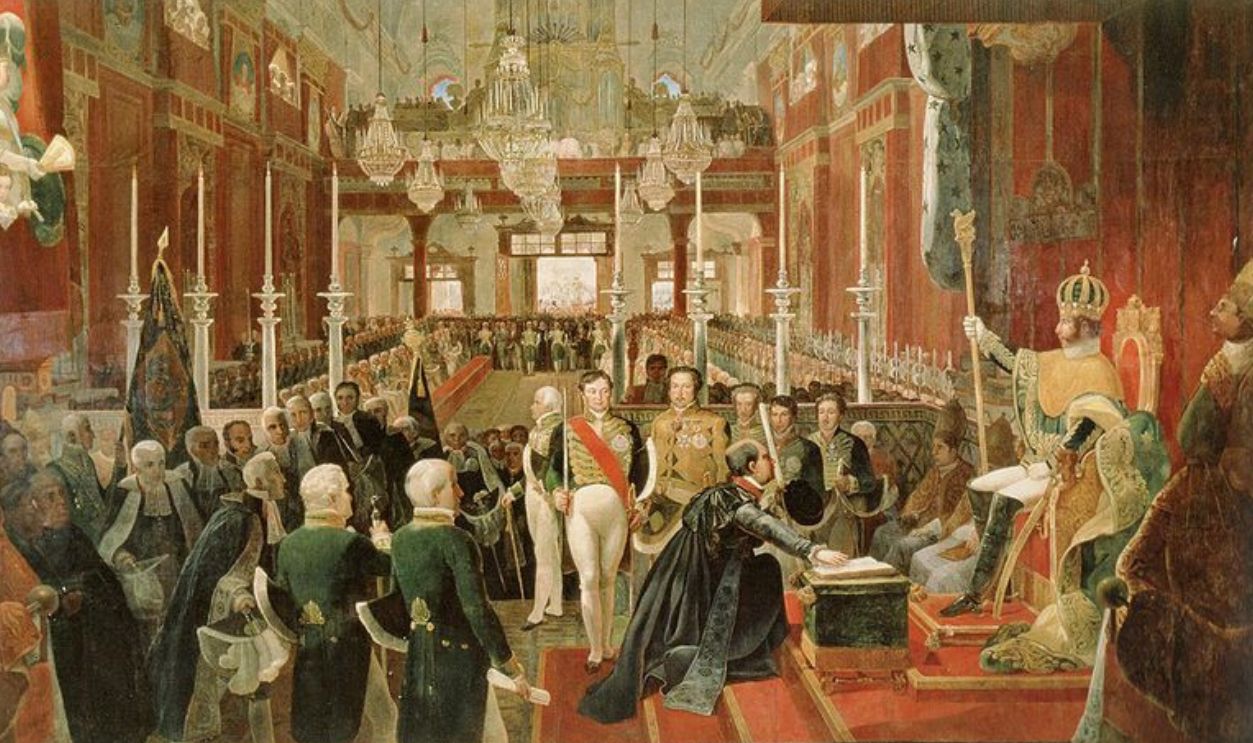 Jean-Baptiste Debret, Wikimedia Commons
Jean-Baptiste Debret, Wikimedia Commons
Legacy Of Transformation
Even though the Empire finally caved in, Portugal’s true legacy transcended territorial conquests. They were cultural bridge-builders who introduced new technologies, trade practices, and interconnected worldviews from East to West. Their impact would reshape global development long after their imperial power had faded.
Linguistic Inheritance
First, Portuguese became a global language, spoken across four continents. Countries like Brazil, Angola, Mozambique, and East Timor bear linguistic evidence of this historical journey, and they stand to prove that empires can leave lasting marks through language and culture.
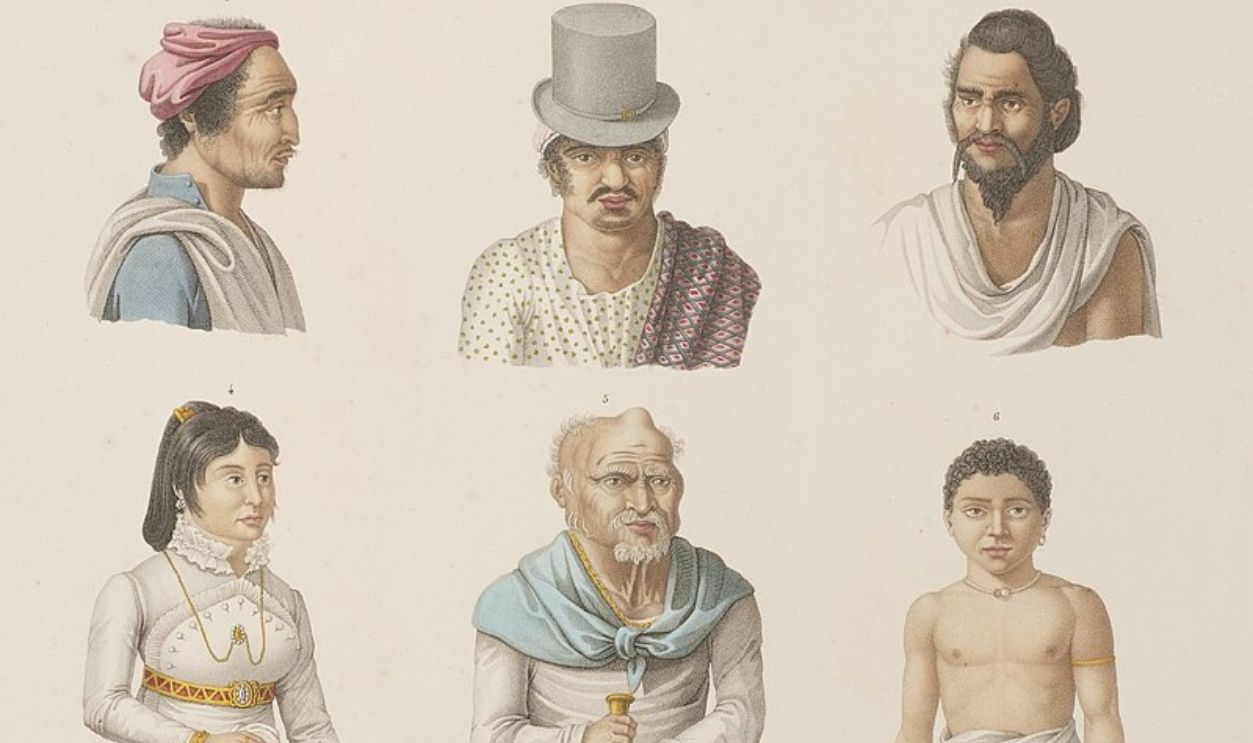 Alphonse Pellion, Wikimedia Commons
Alphonse Pellion, Wikimedia Commons
Echos Of The Fallen Portuguese Empire
On the technological front, they advanced maritime, cartography, and navigational techniques. They also influenced economic trading models, which combined military power, commercial acumen, and strategic positioning. The Portuguese are also the reason Catholic missionaries had the opportunity to document cultures, learn languages, and become important intermediaries in complex cross-cultural interactions.
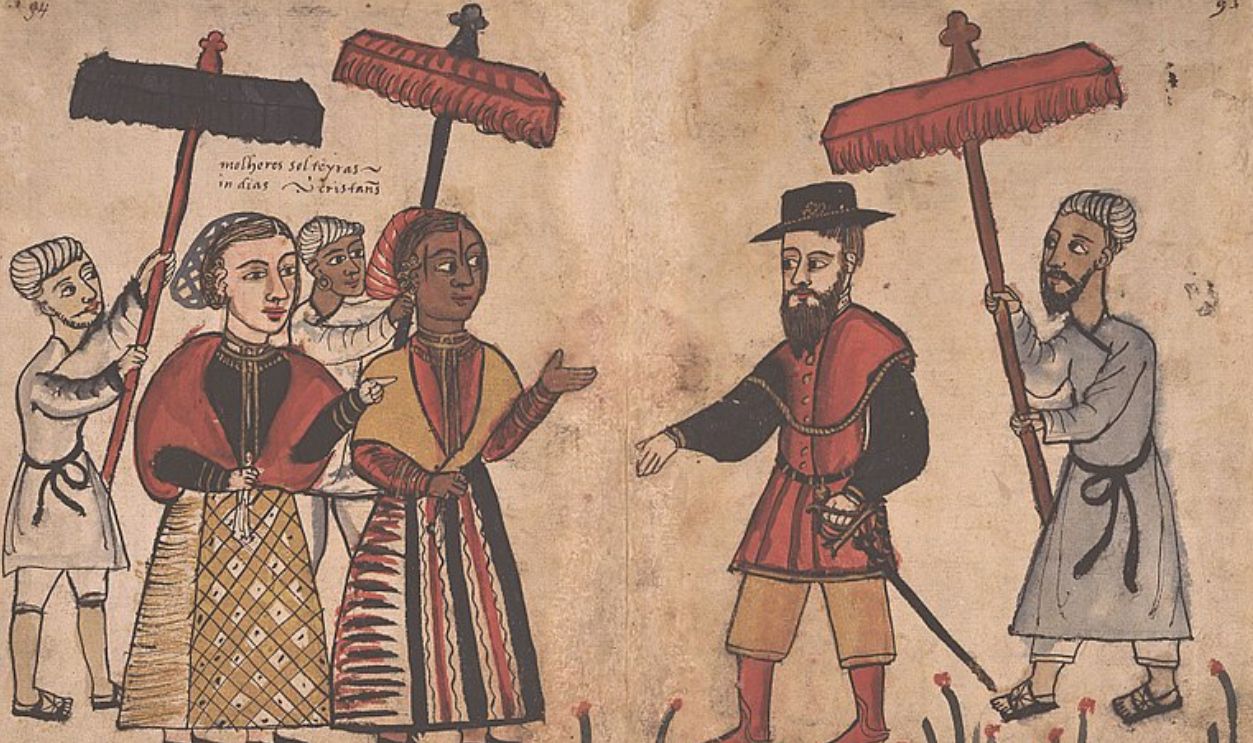 Unknown author, CC0, Wikimedia Commons
Unknown author, CC0, Wikimedia Commons
Agricultural Contributions
From way back then, explorers were scientists who moved crops from continent to continent. They were the reason maize moved from the Americas to become a staple in Europe and Africa, tomatoes from South America to Asia, and coffee from Africa to Europe and Asia.
 Softeis, CC BY-SA 3.0, Wikimedia Commons
Softeis, CC BY-SA 3.0, Wikimedia Commons
Breaking Psychological Barriers
By challenging geographical unknowns, Portuguese explorers fundamentally altered European psychological barriers to global possibilities, expanding human imagination and potential. Once they set out to explore different parts of the world, they discovered a lot and spread it across borders.
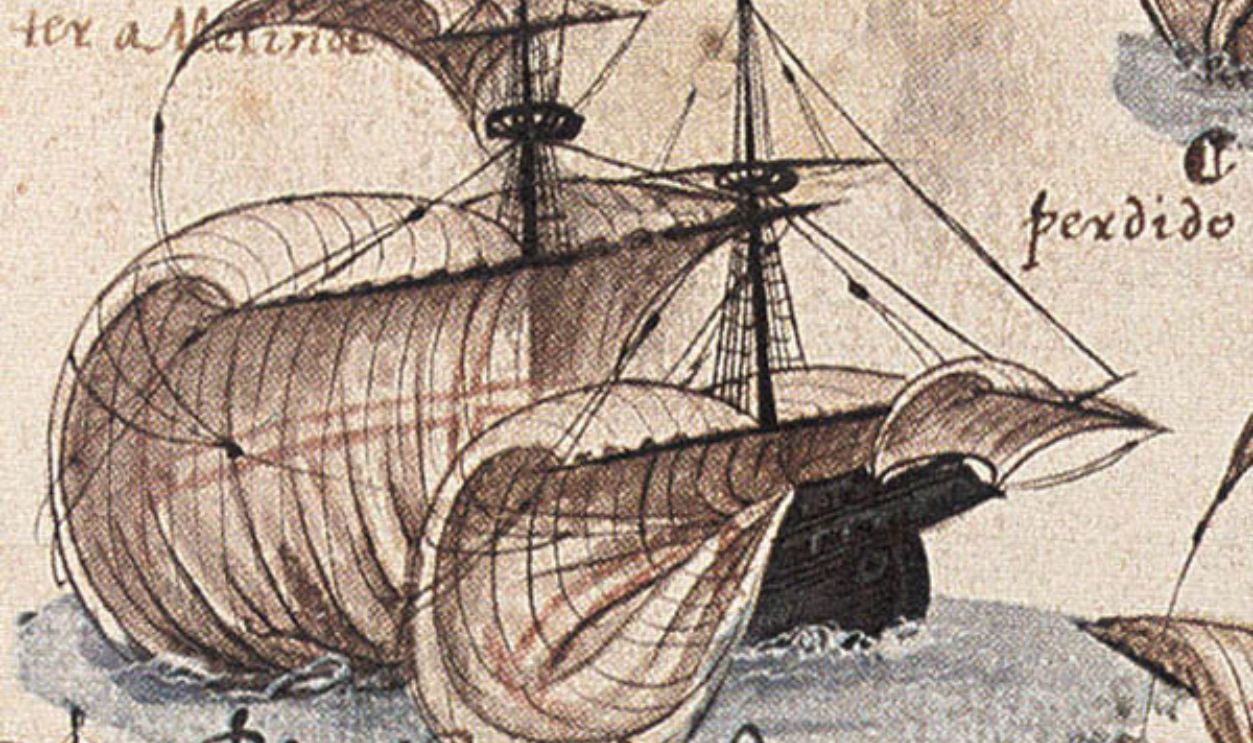 National Library of Portugal, Wikimedia Commons
National Library of Portugal, Wikimedia Commons
Modern Connections
Today’s global, interconnected world owes much to the pathways first established by Portuguese explorers five centuries ago. The language, food, architecture, music, culture, and even education are all results of historical actions that have long-lasting, transformative impacts.
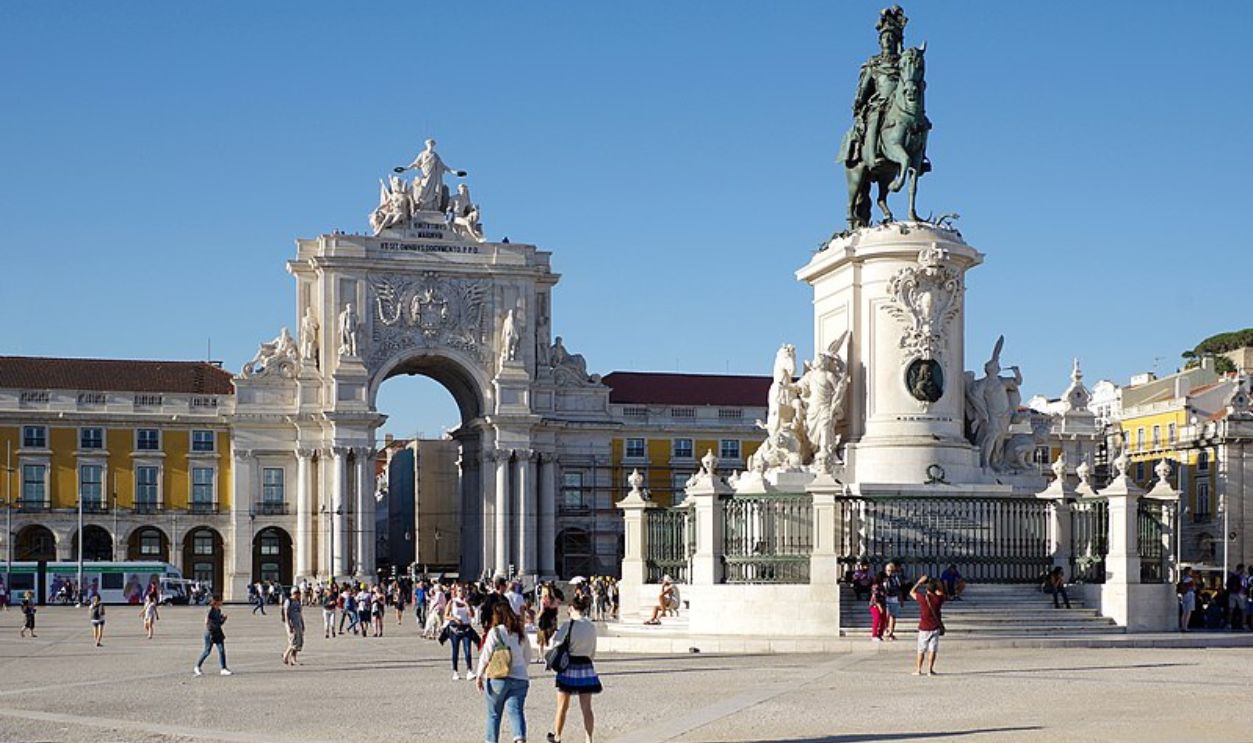 Berthold Werner, CC BY-SA 4.0, Wikimedia Commons
Berthold Werner, CC BY-SA 4.0, Wikimedia Commons

